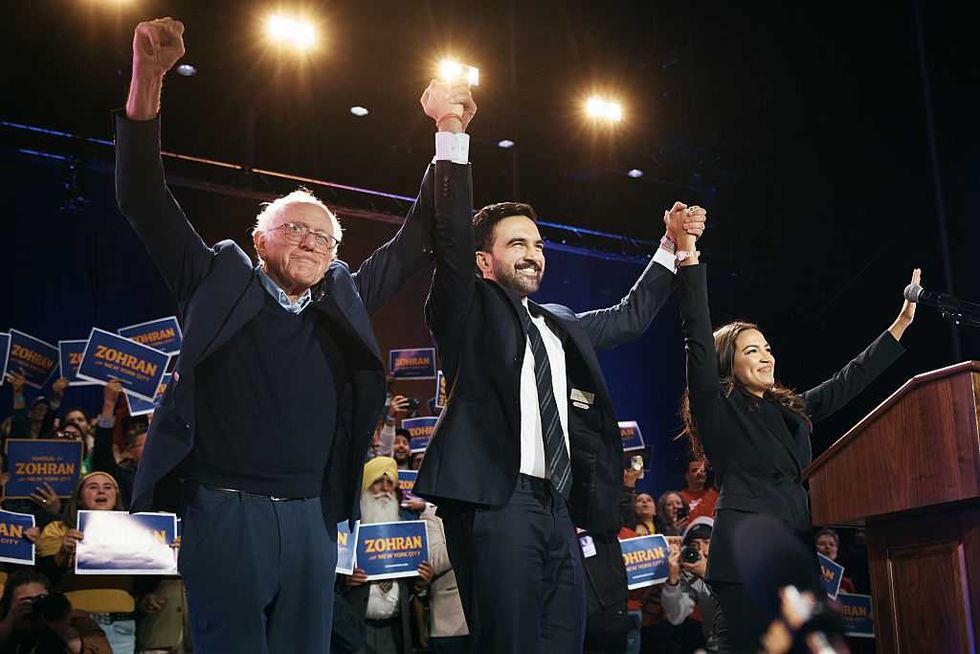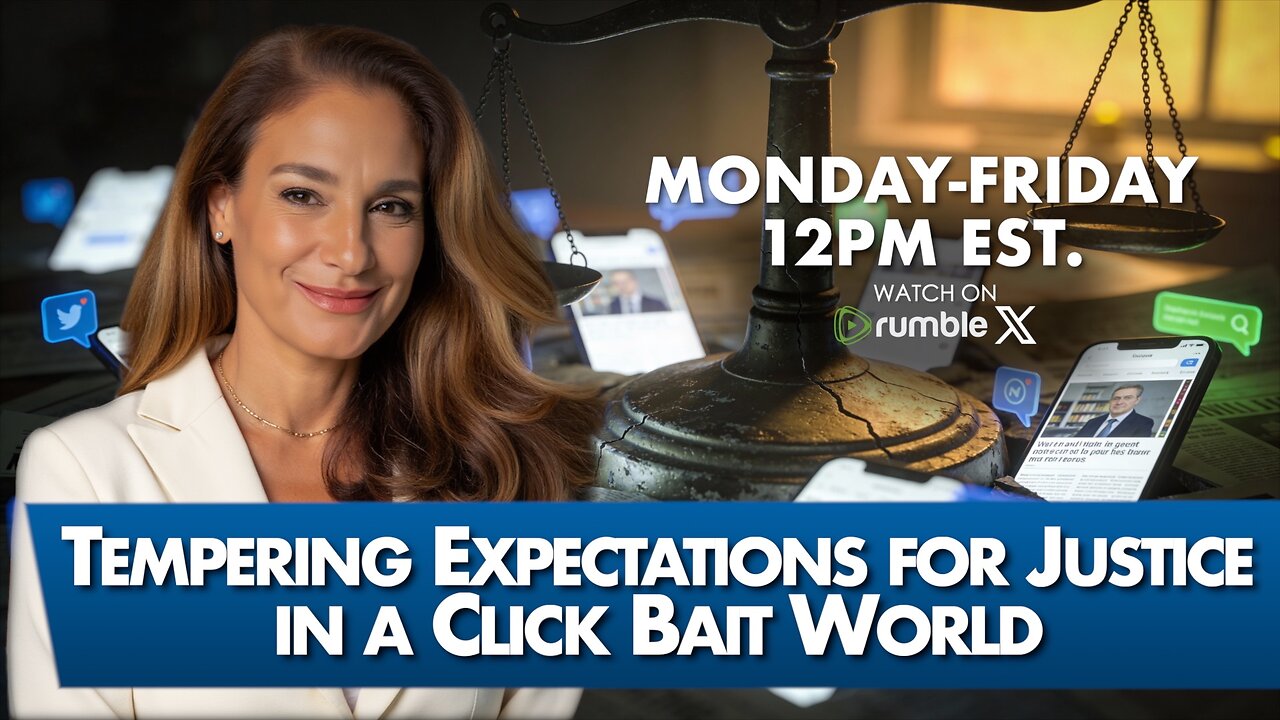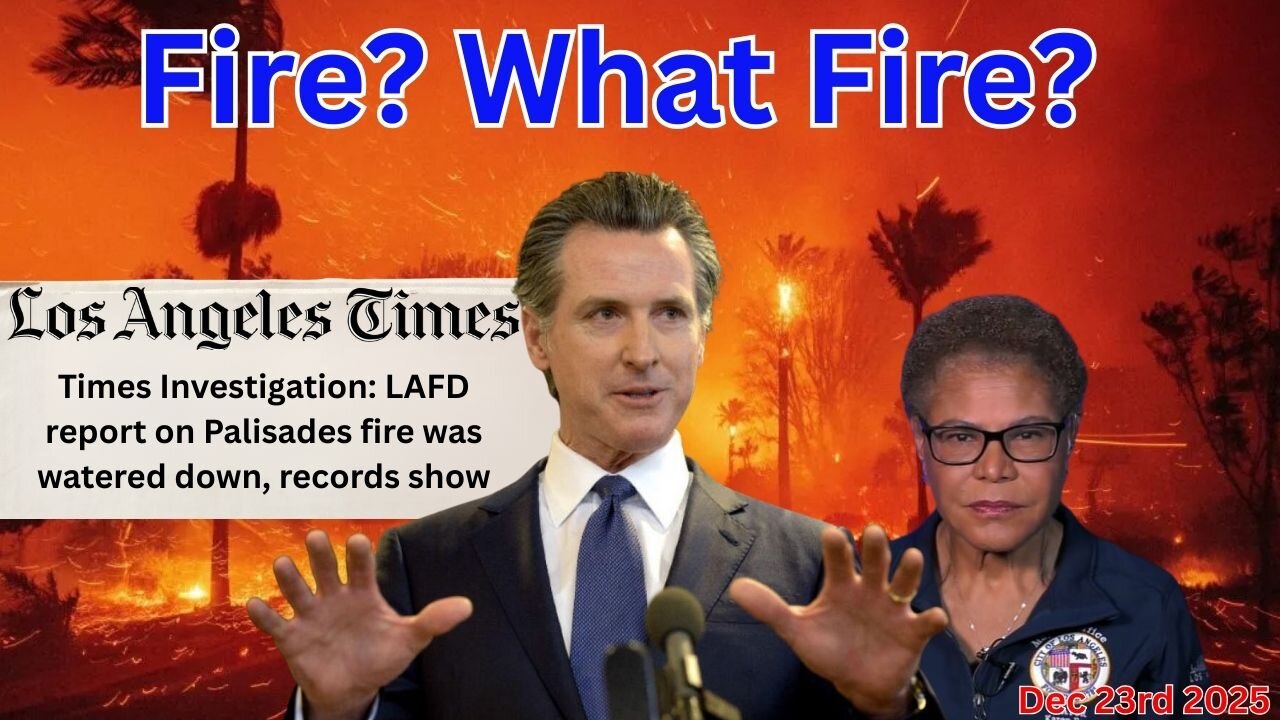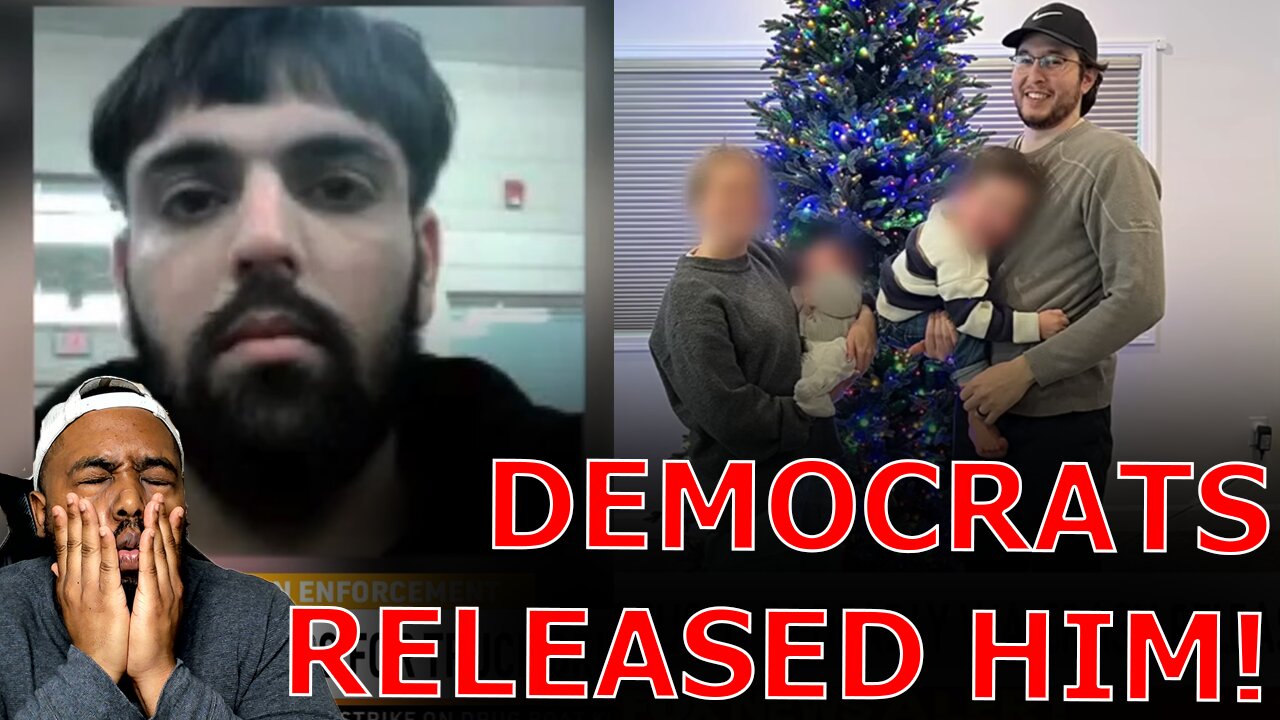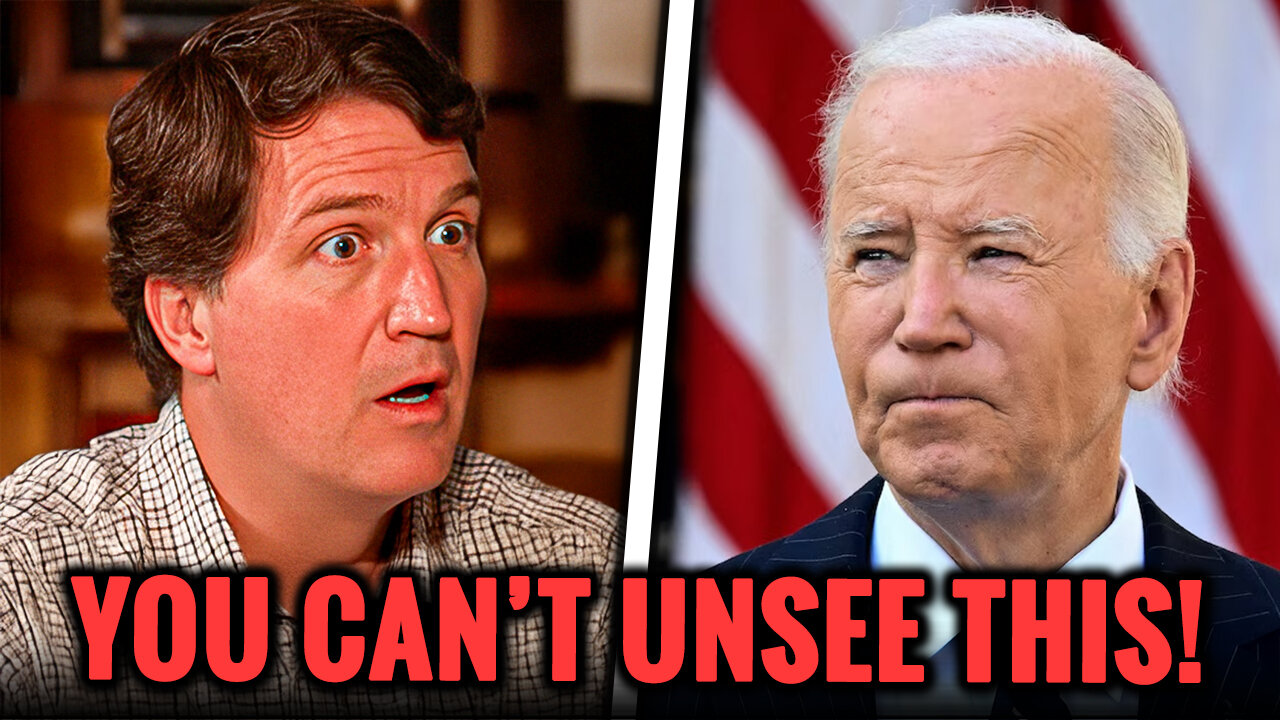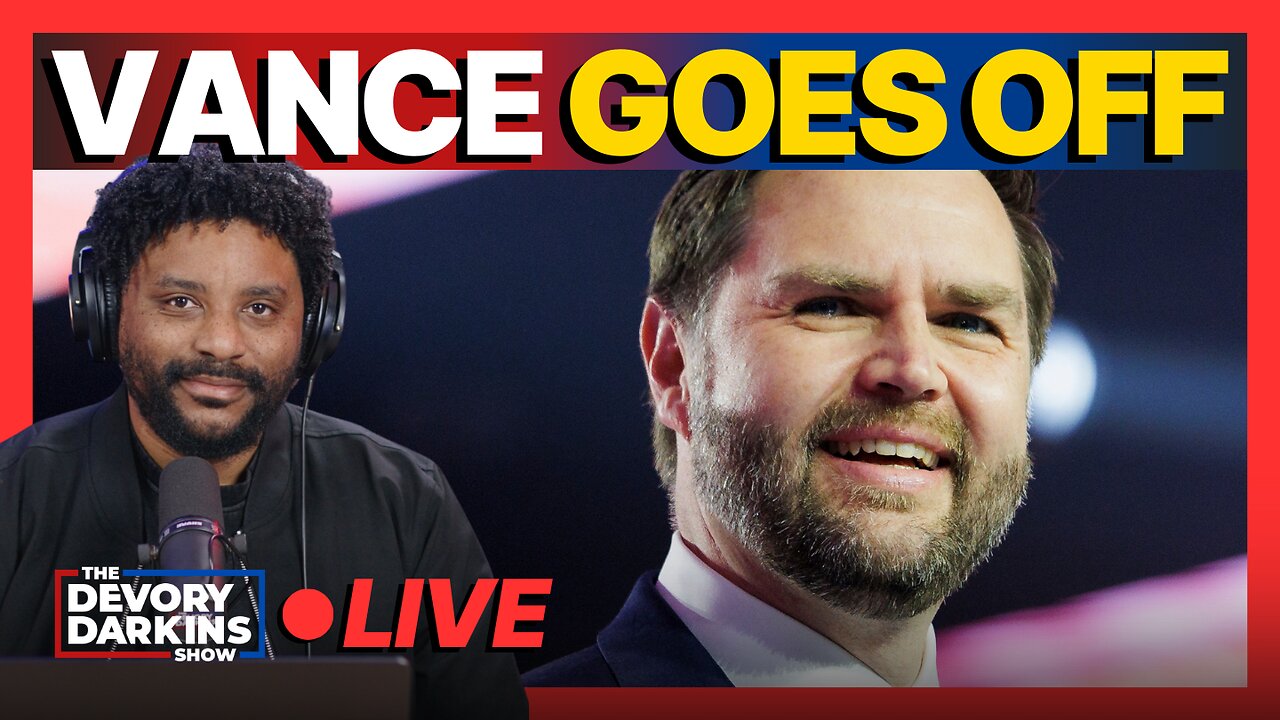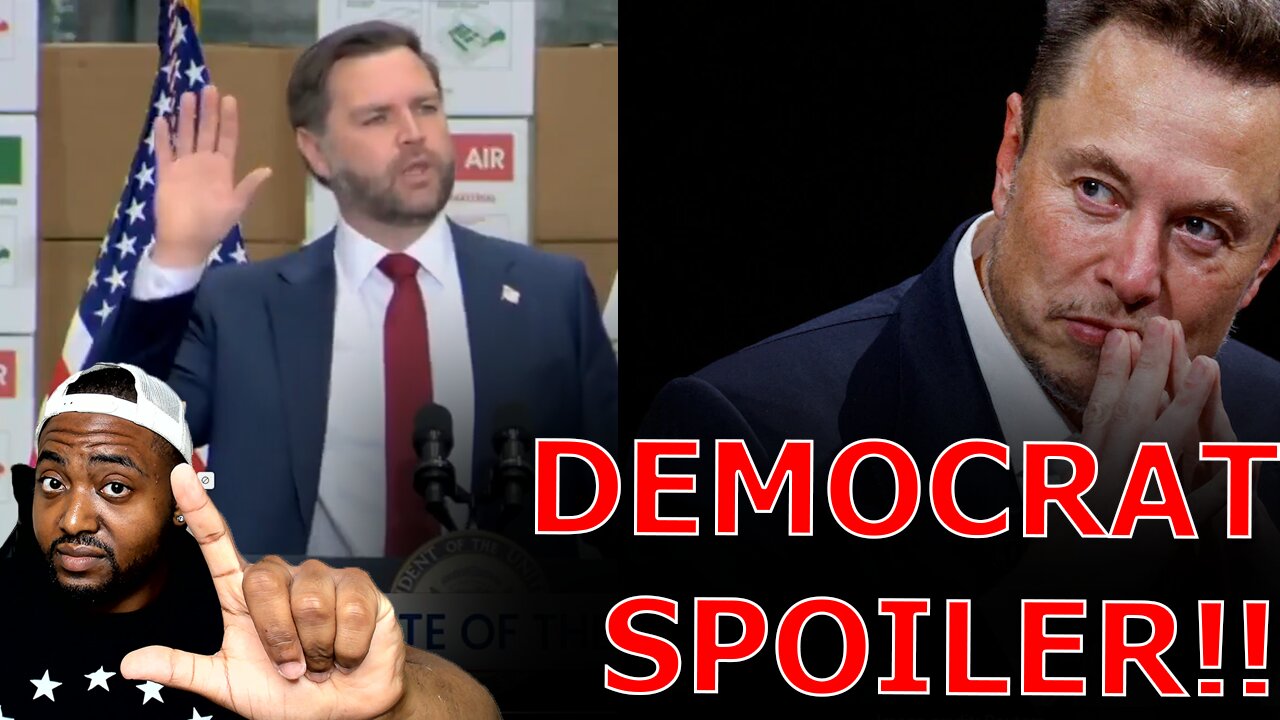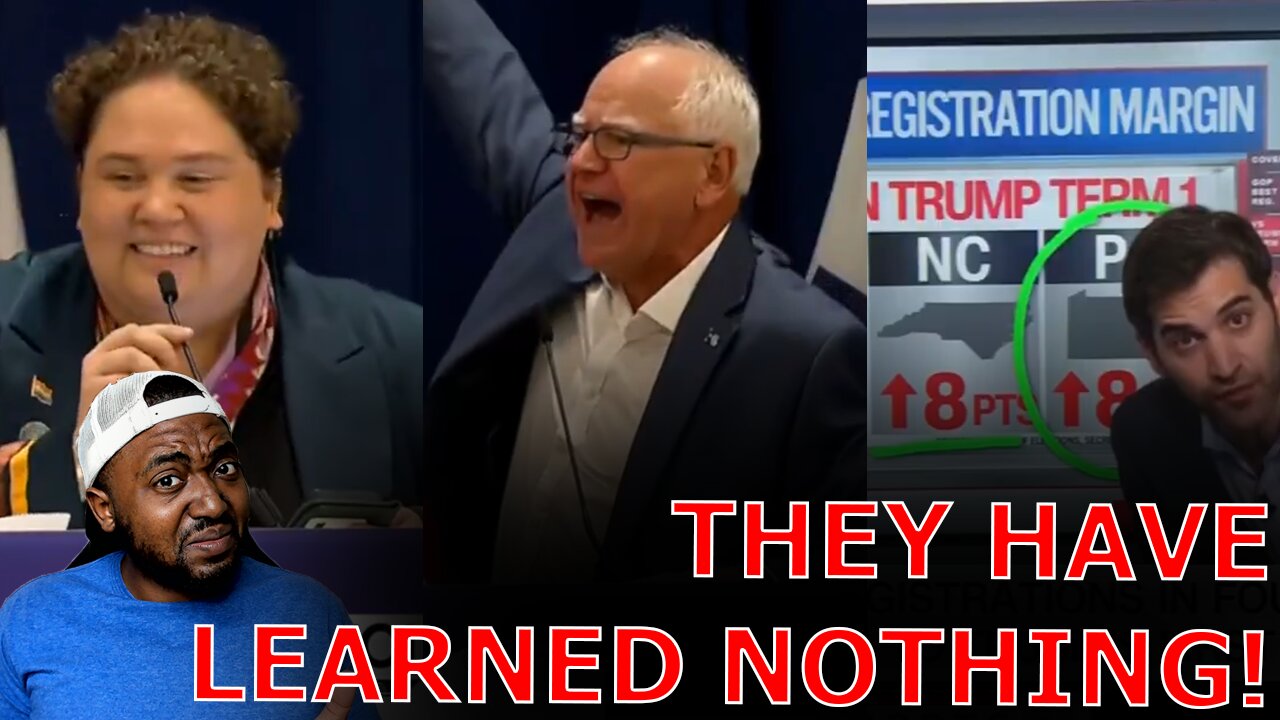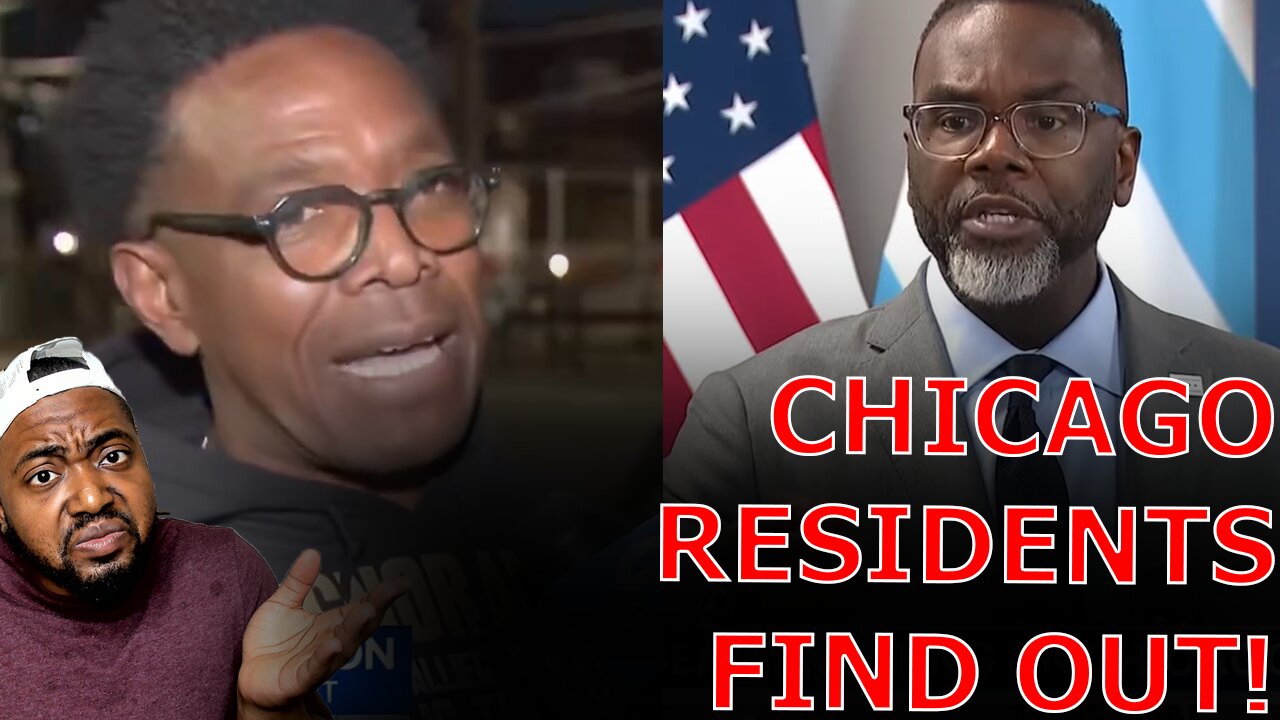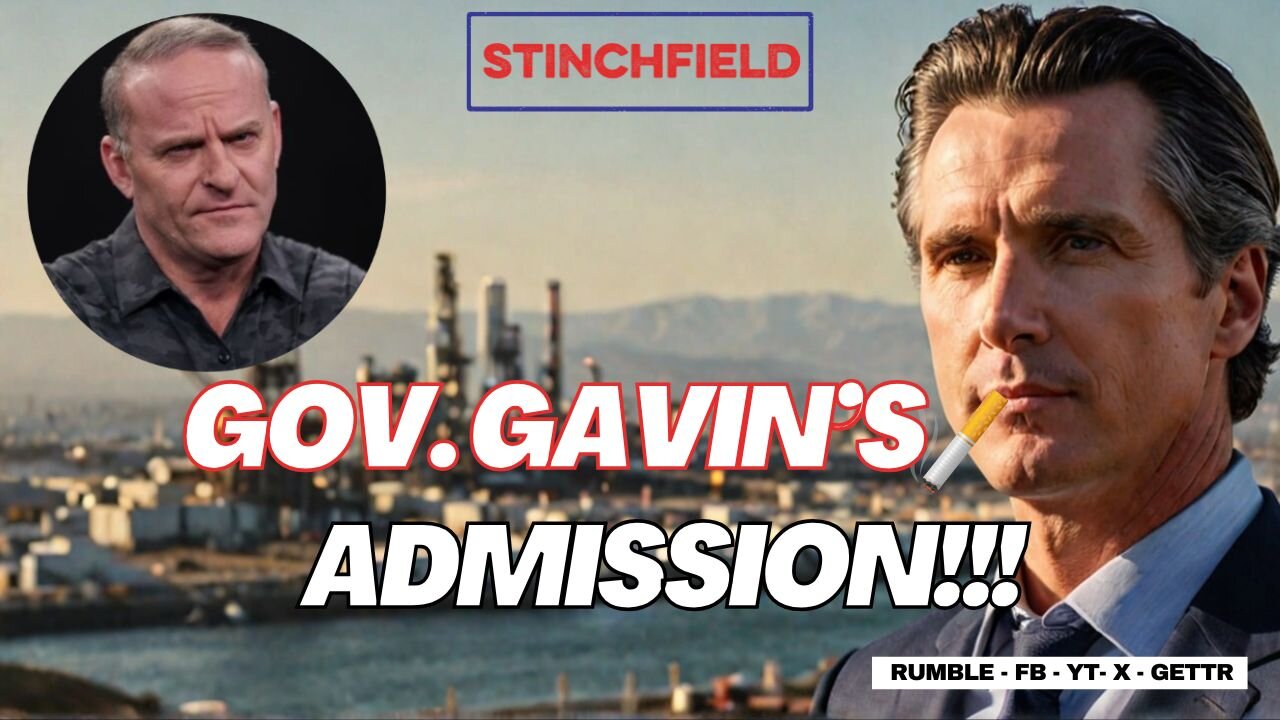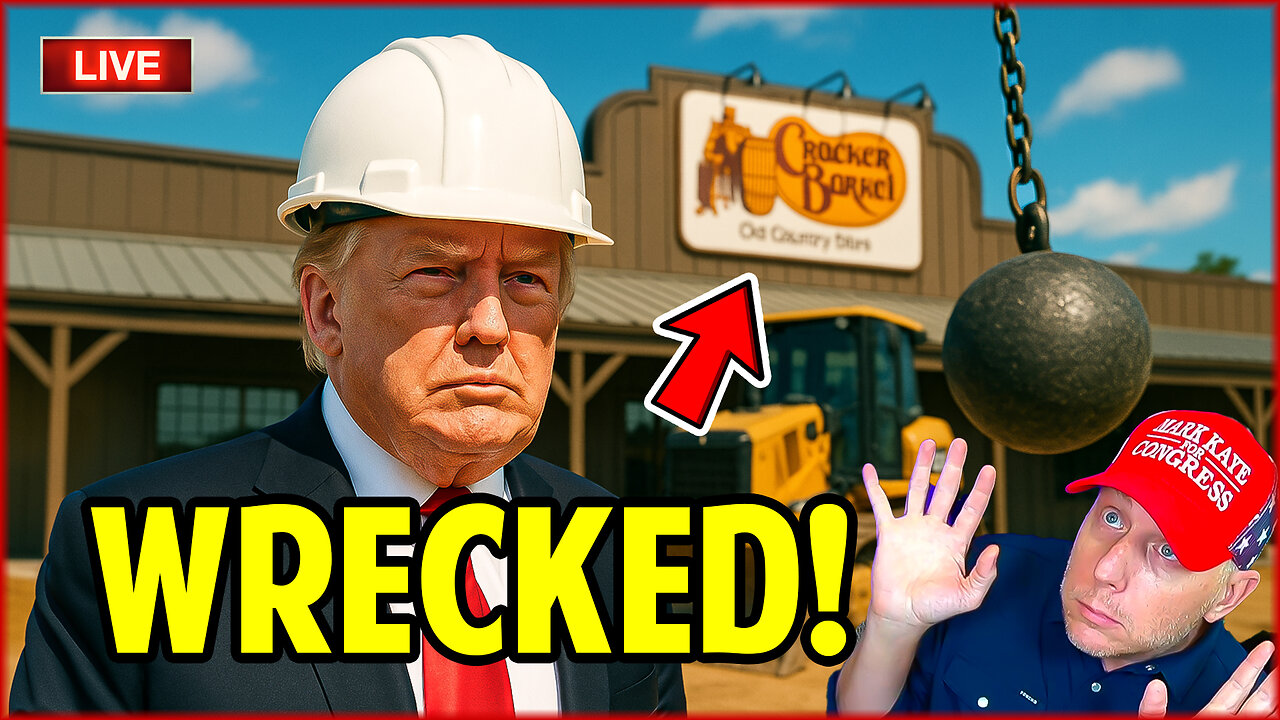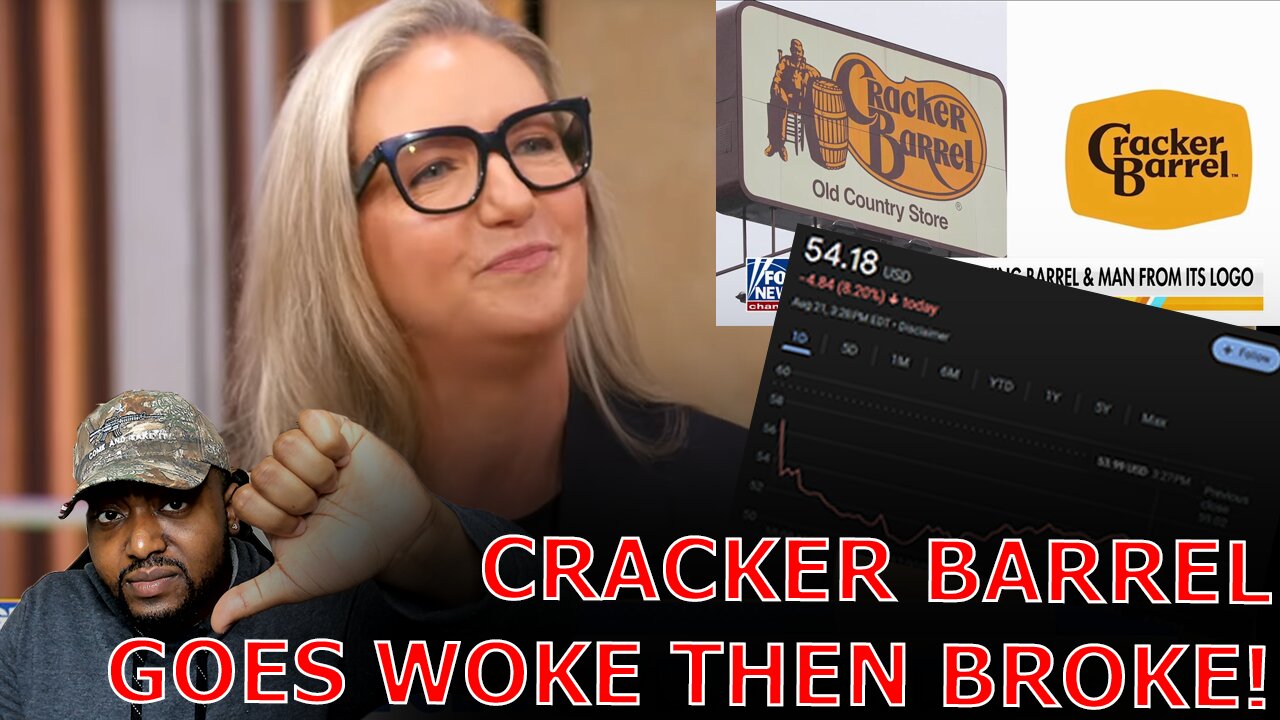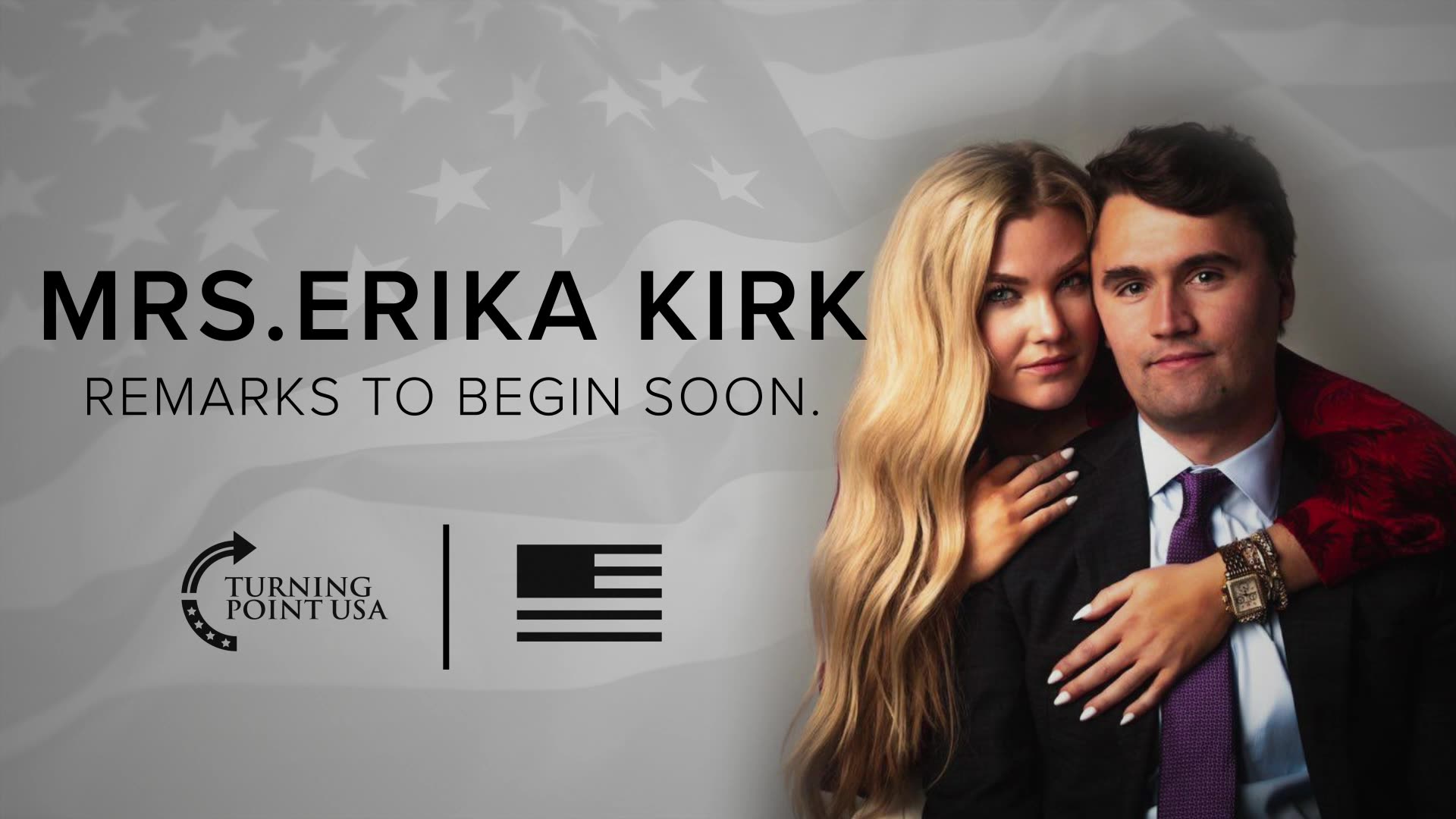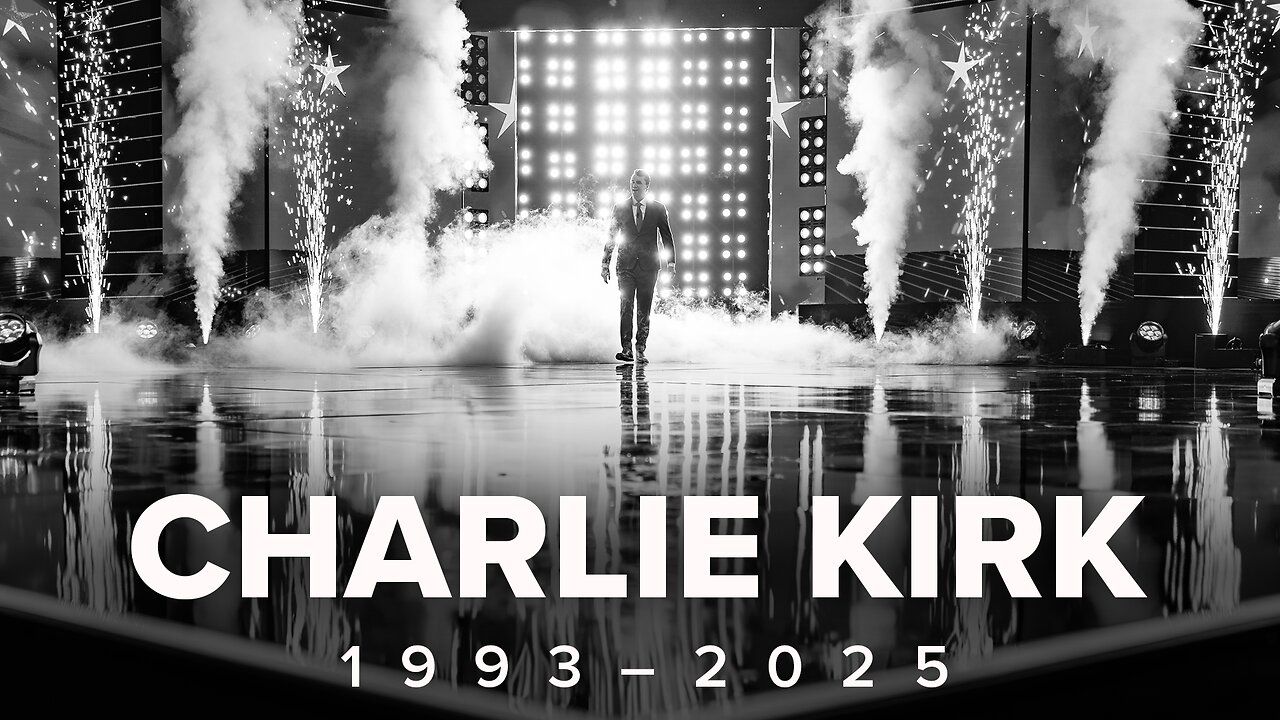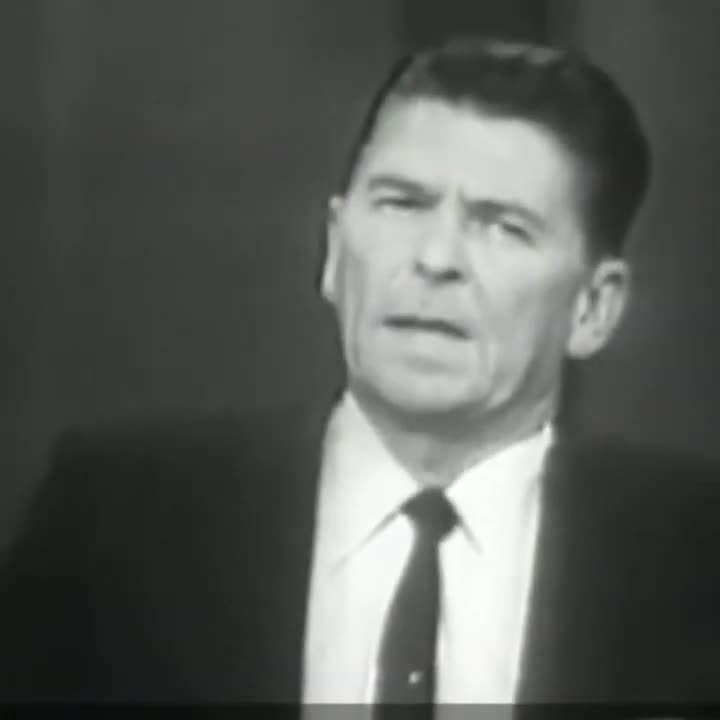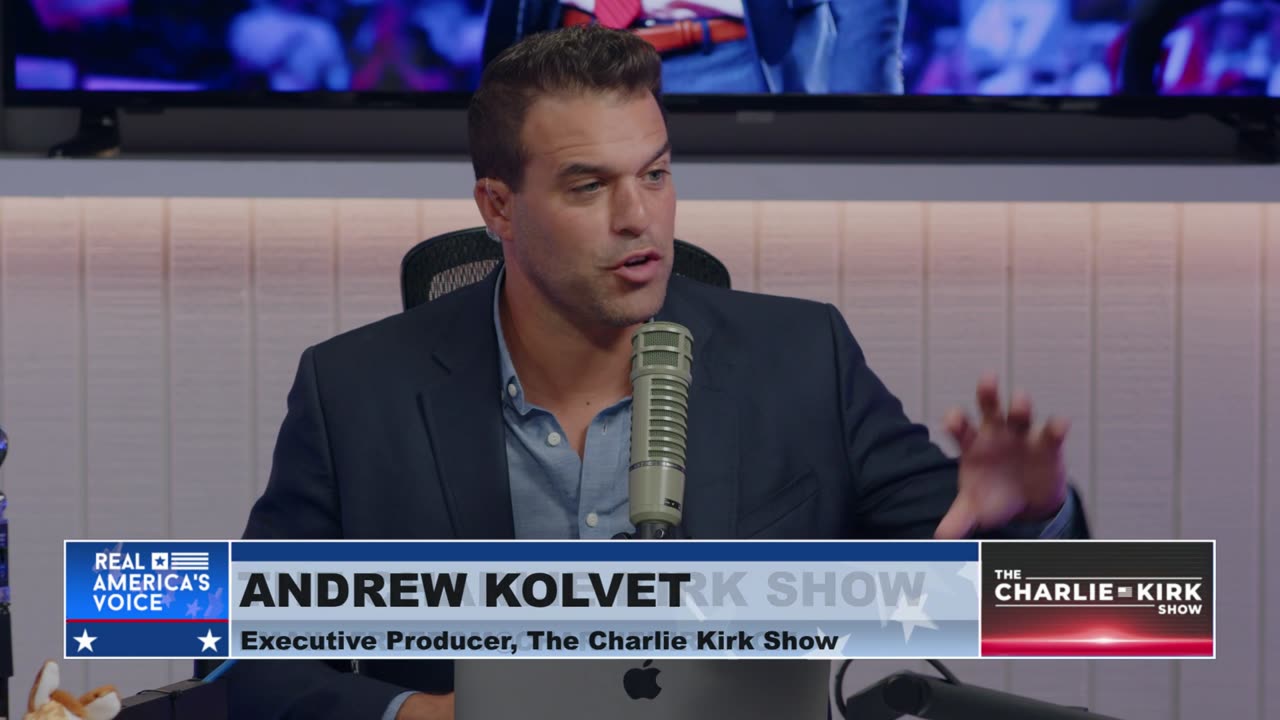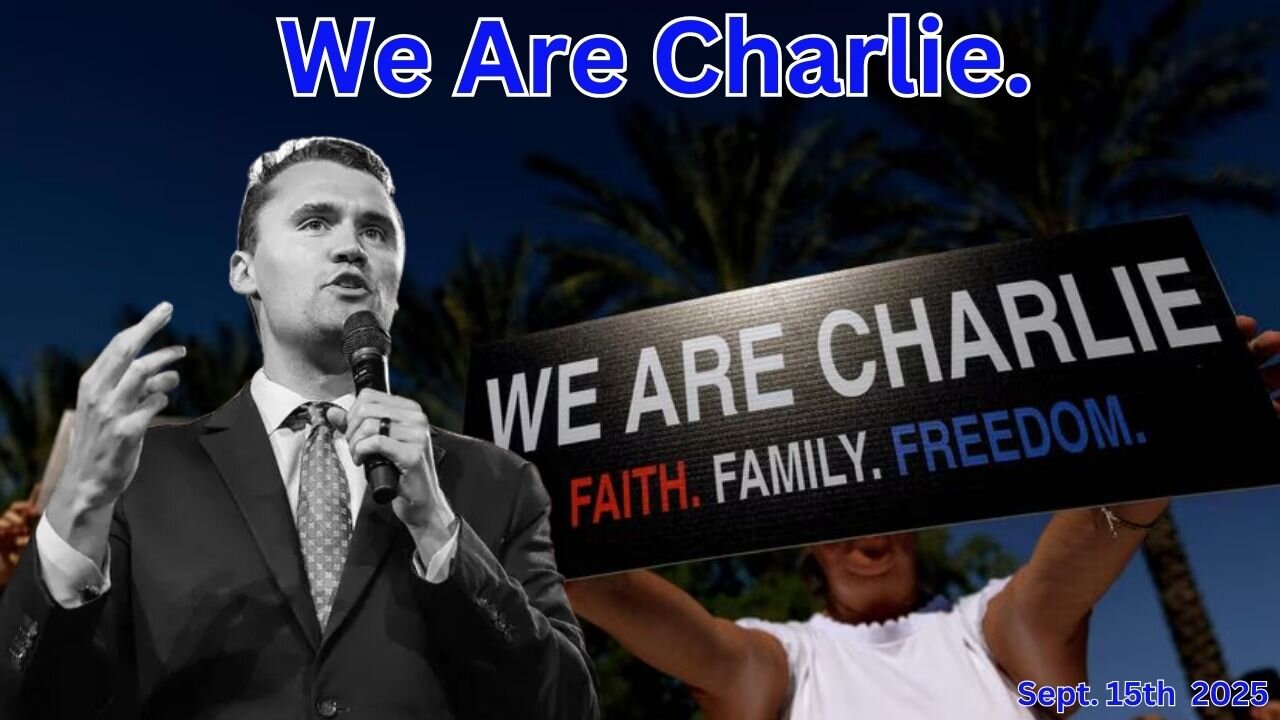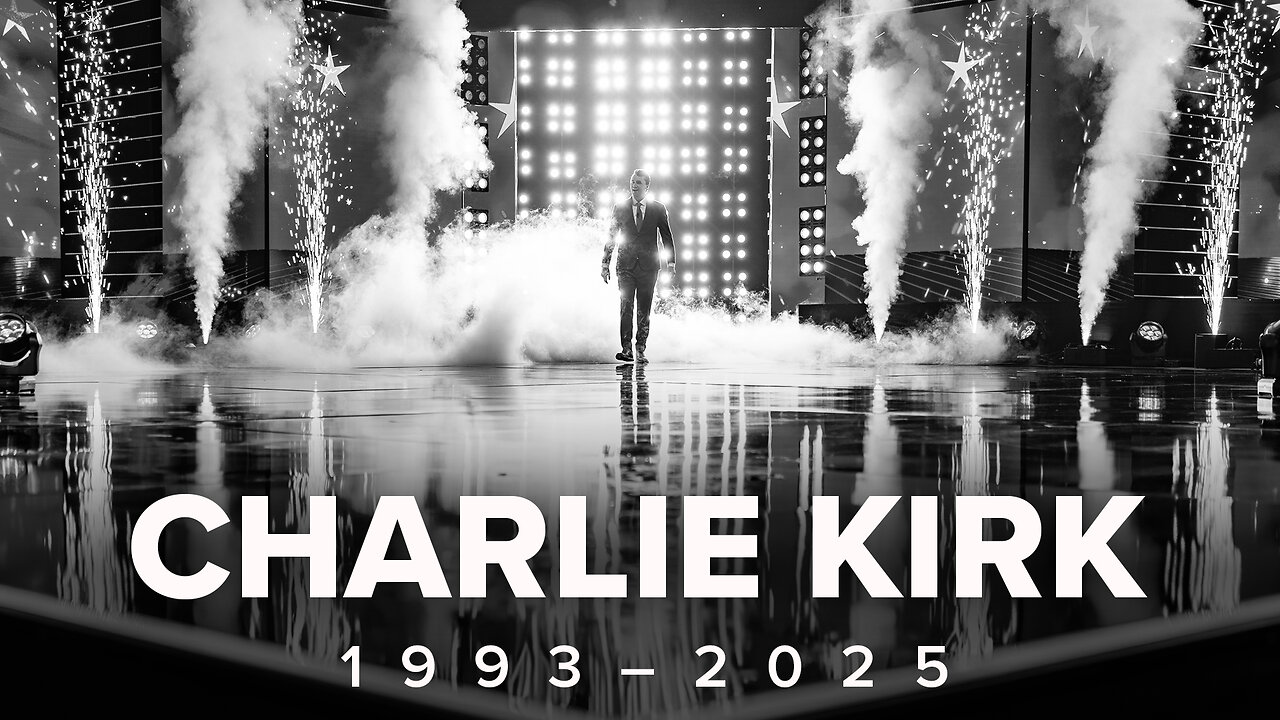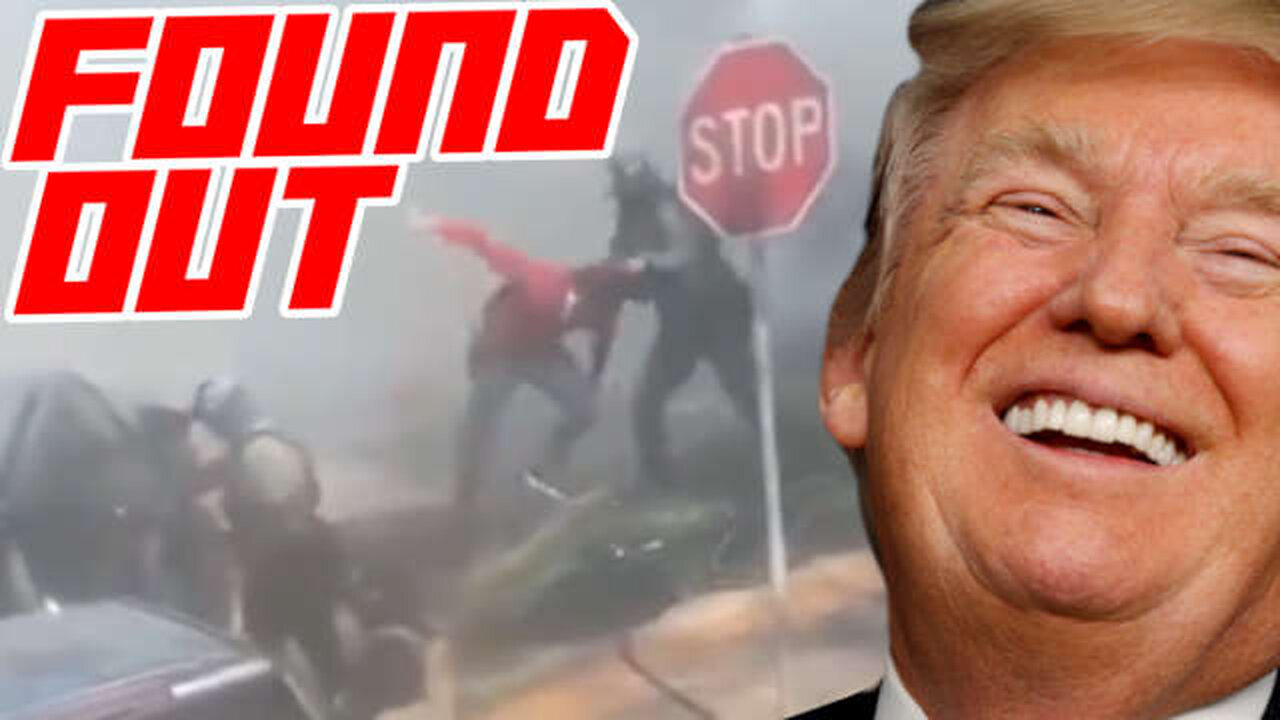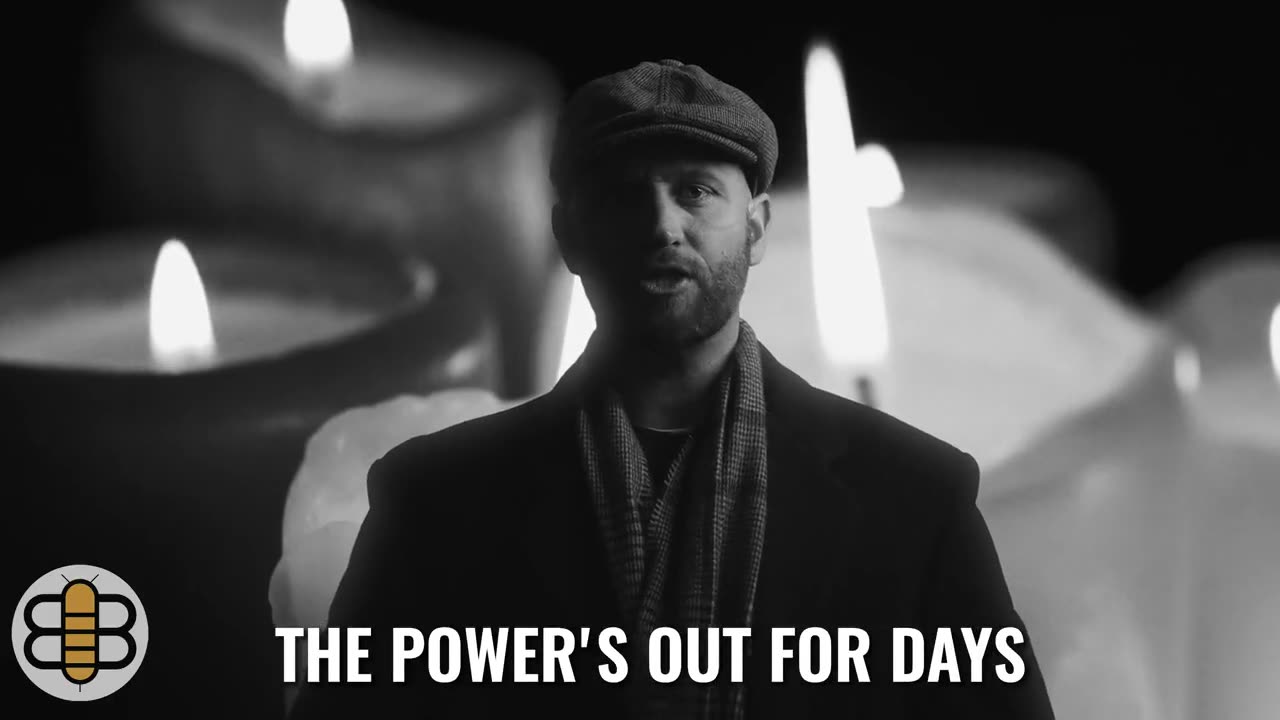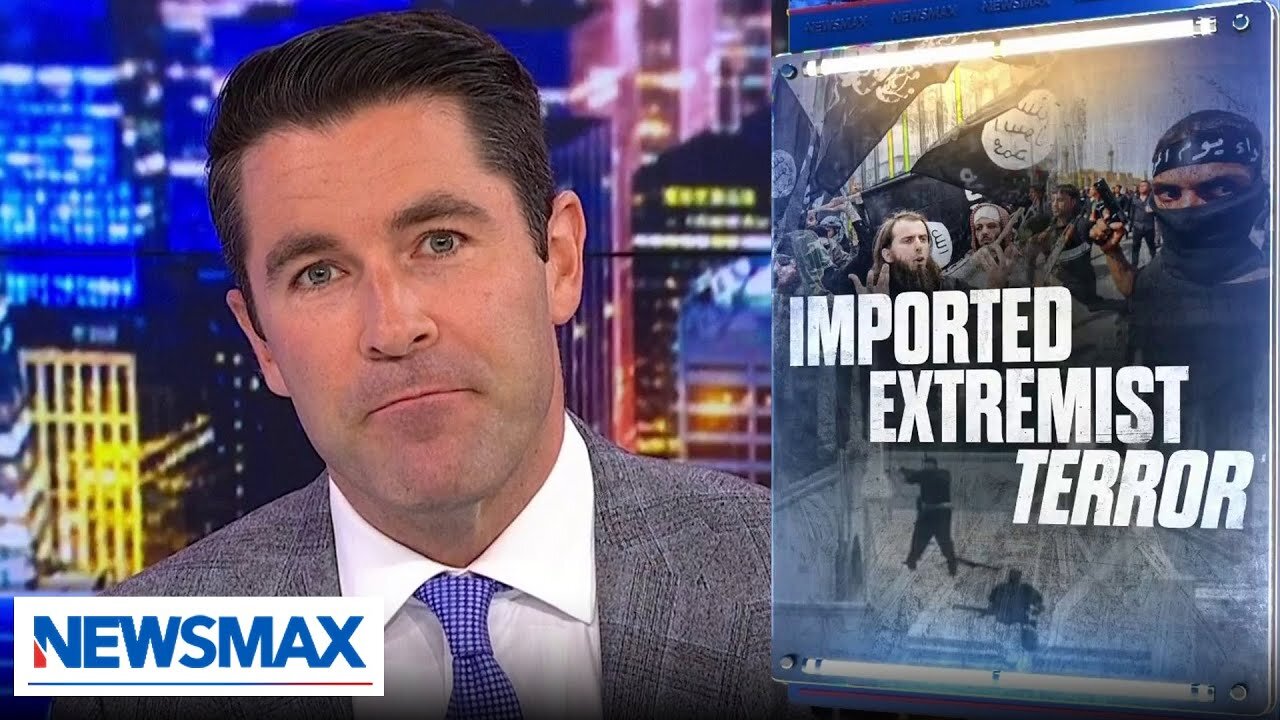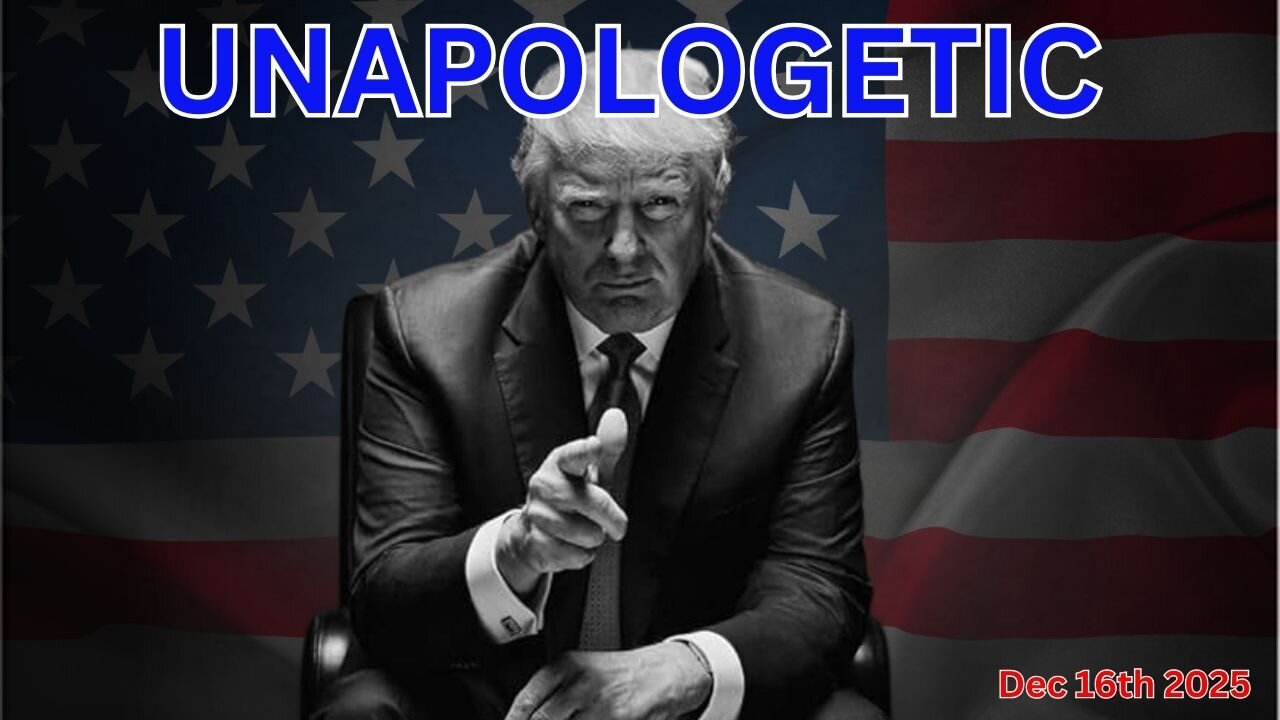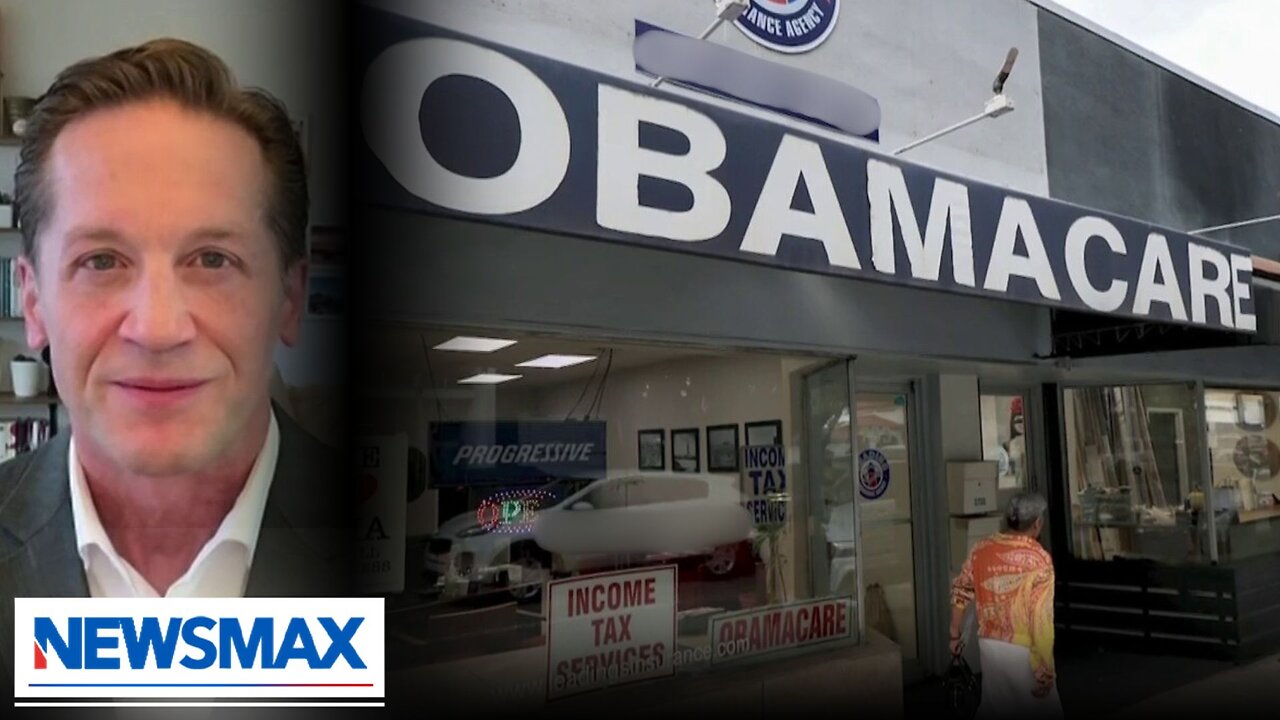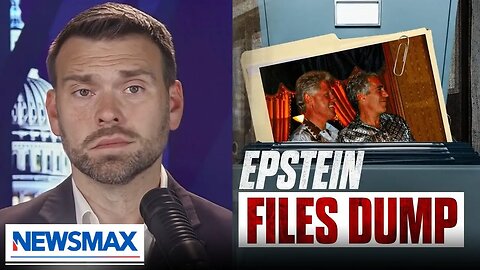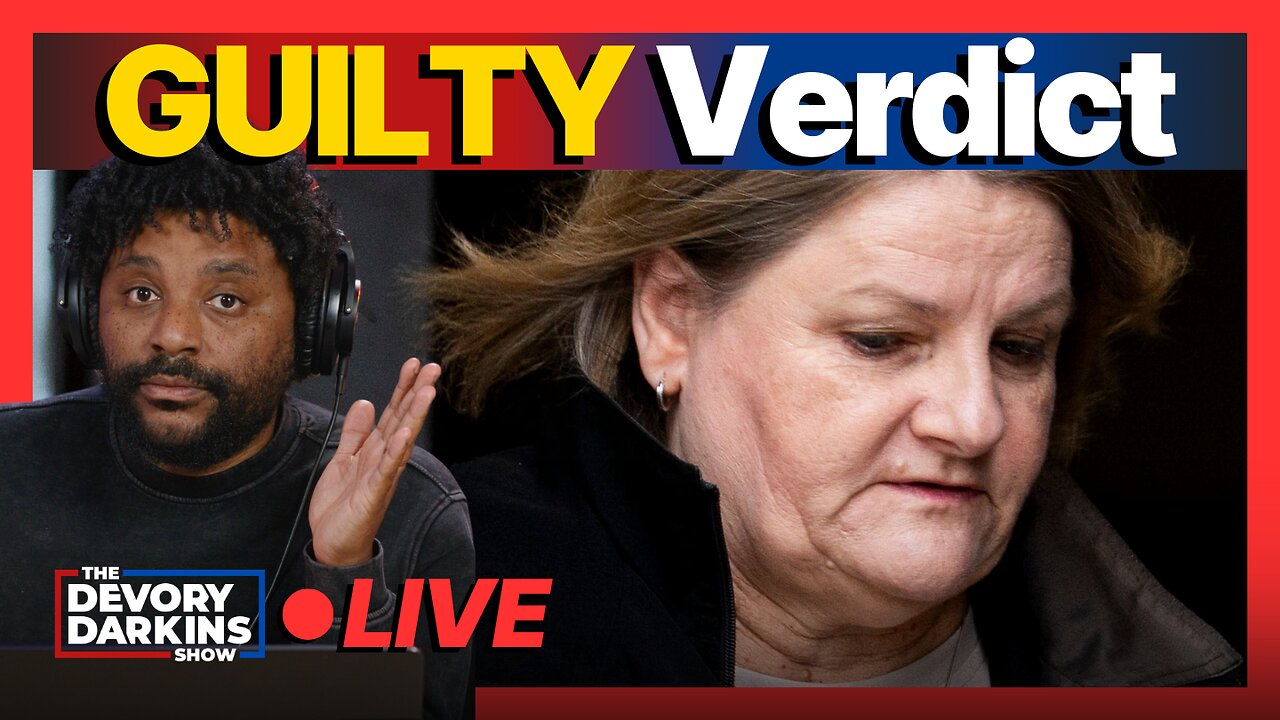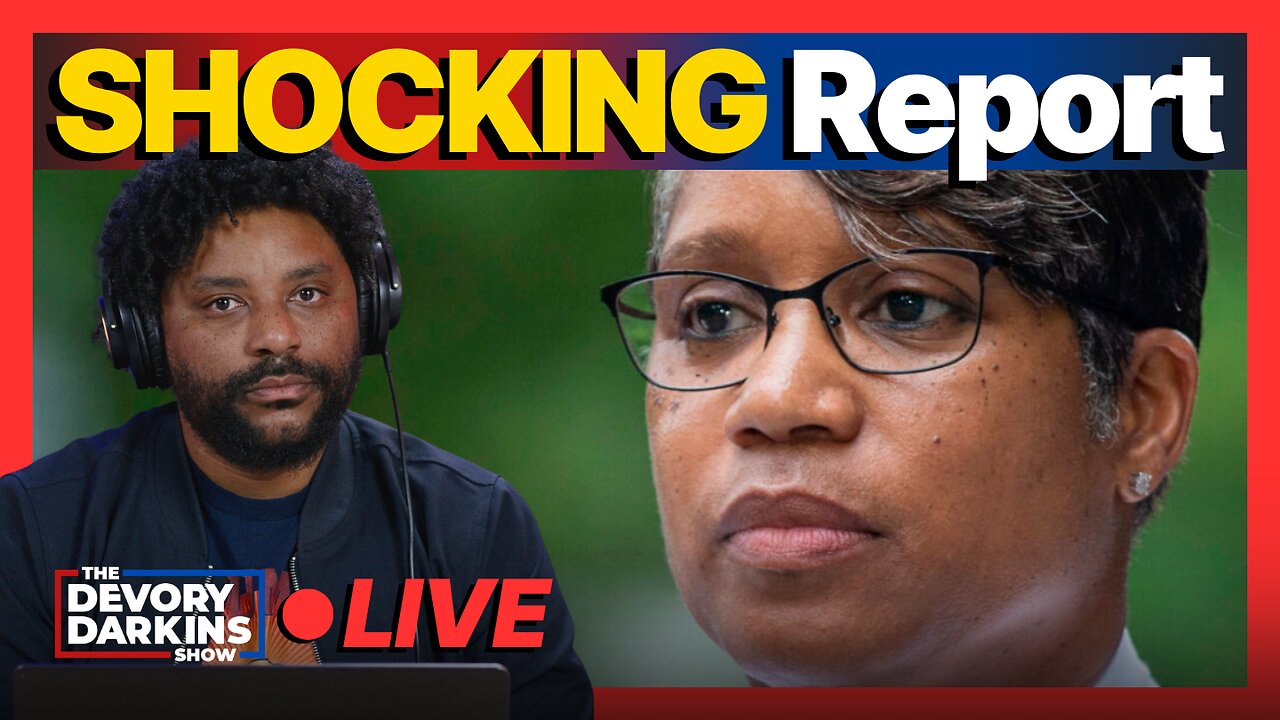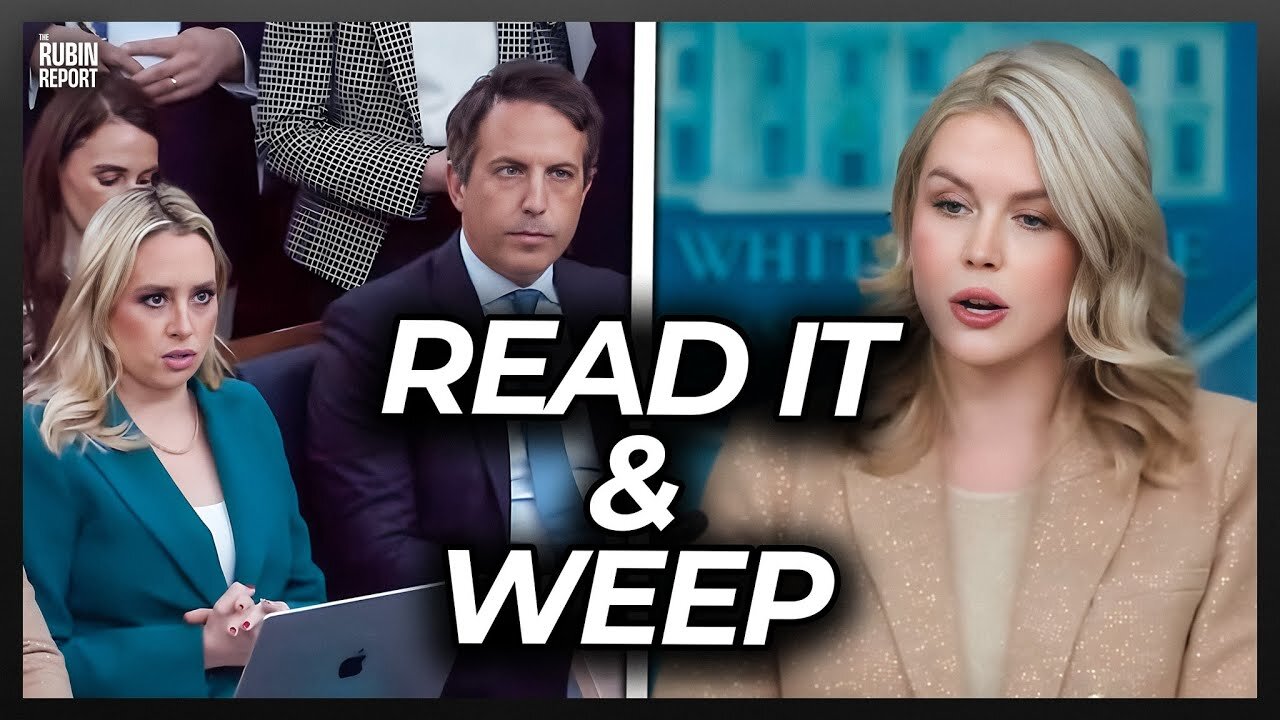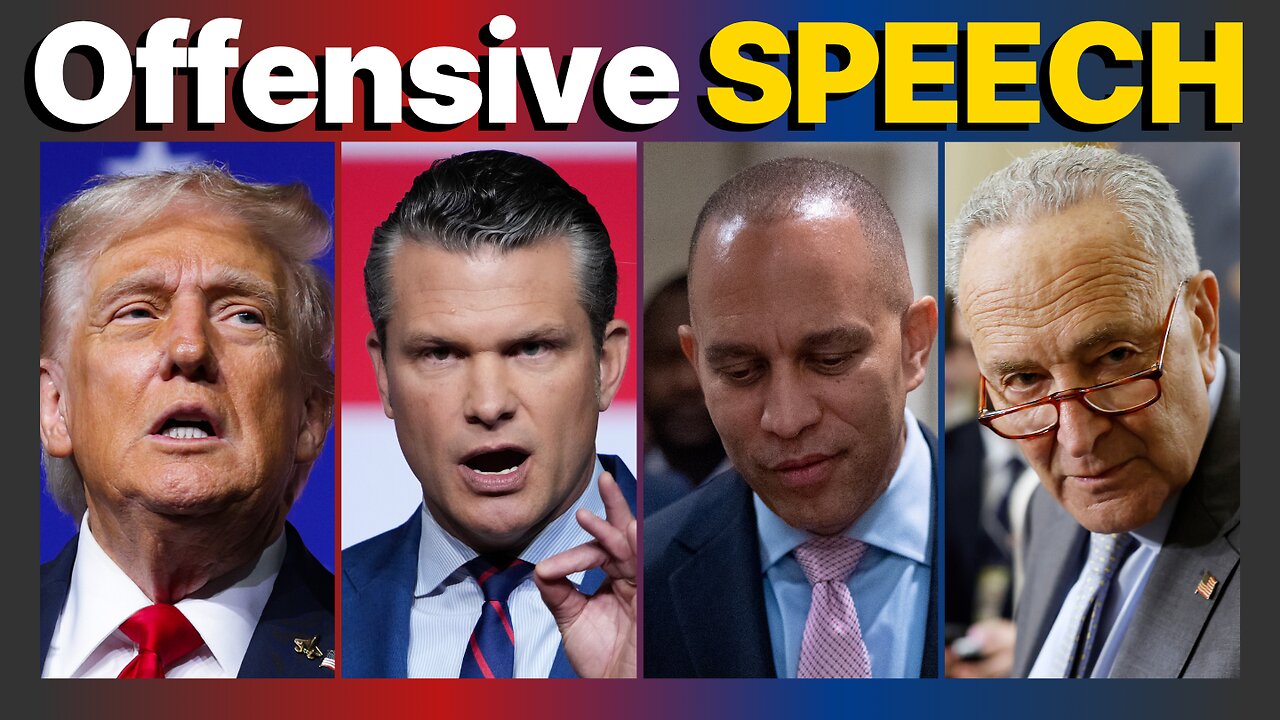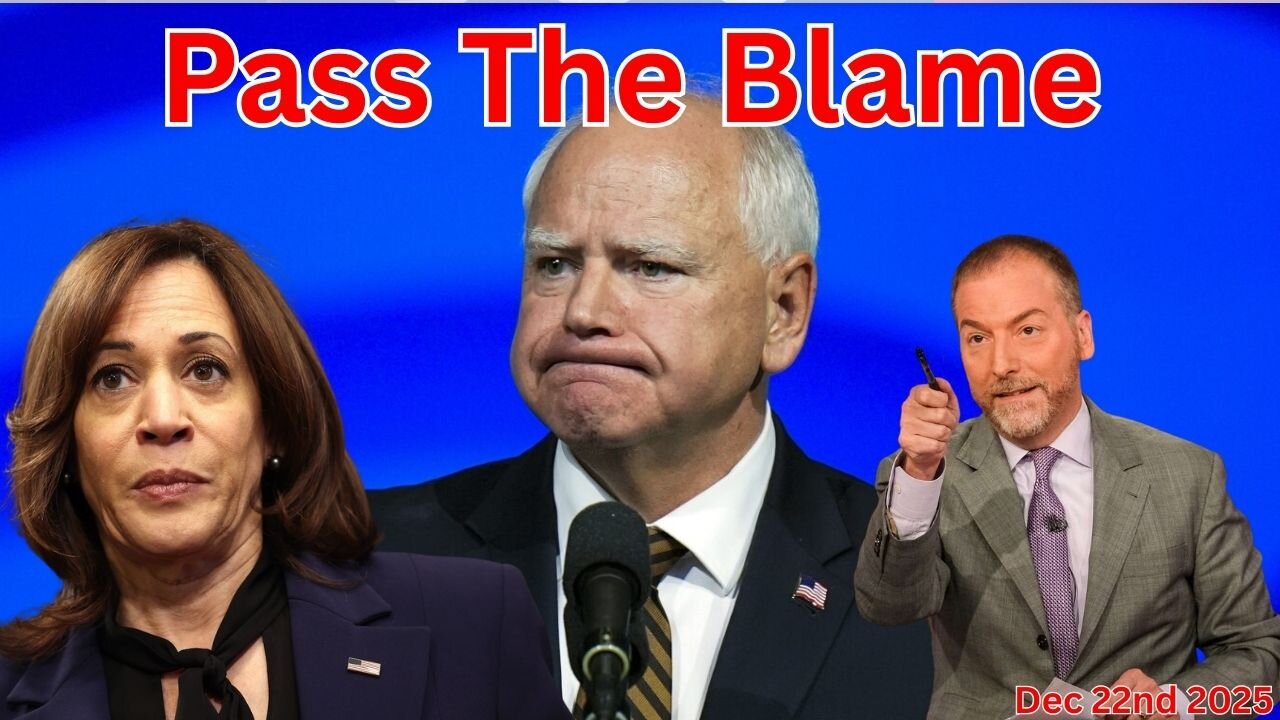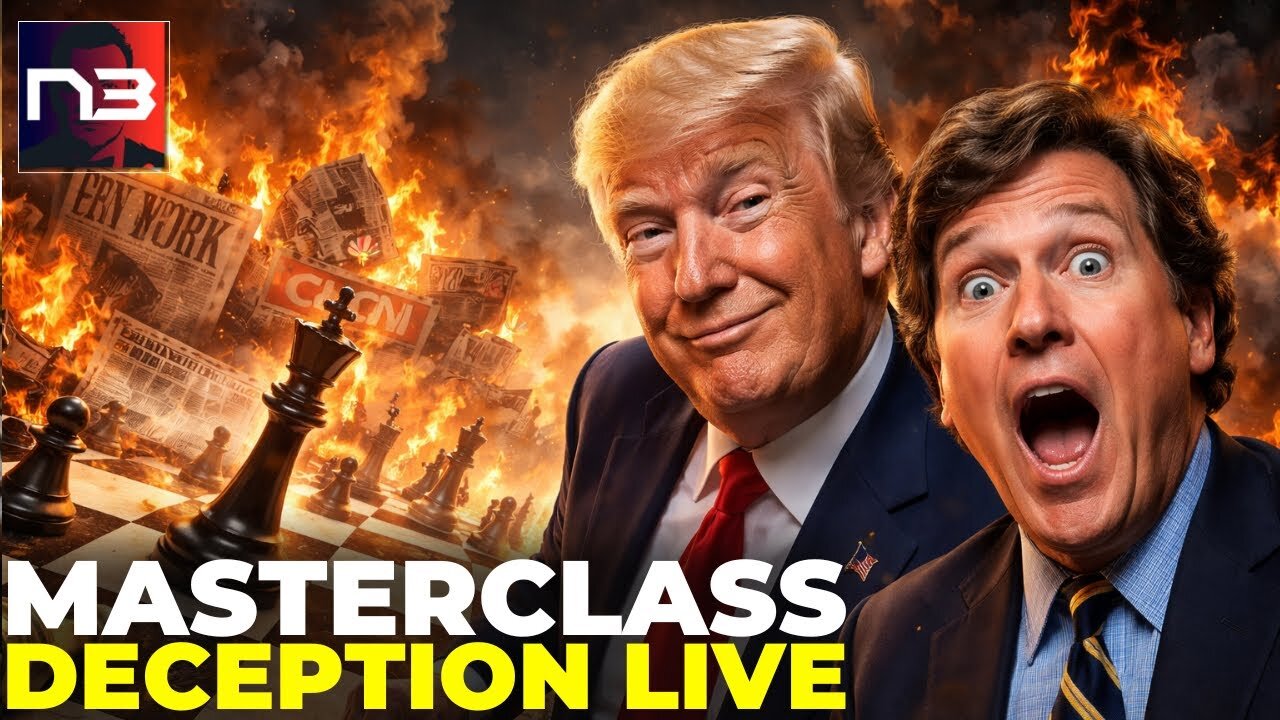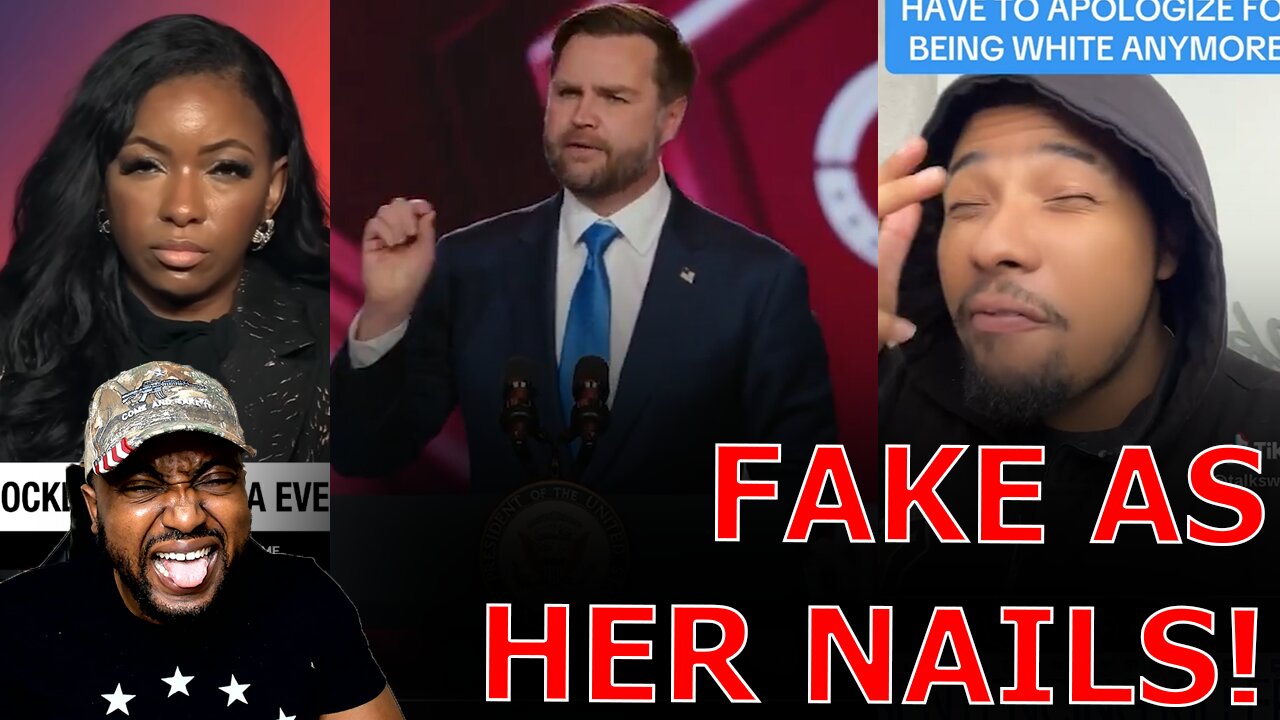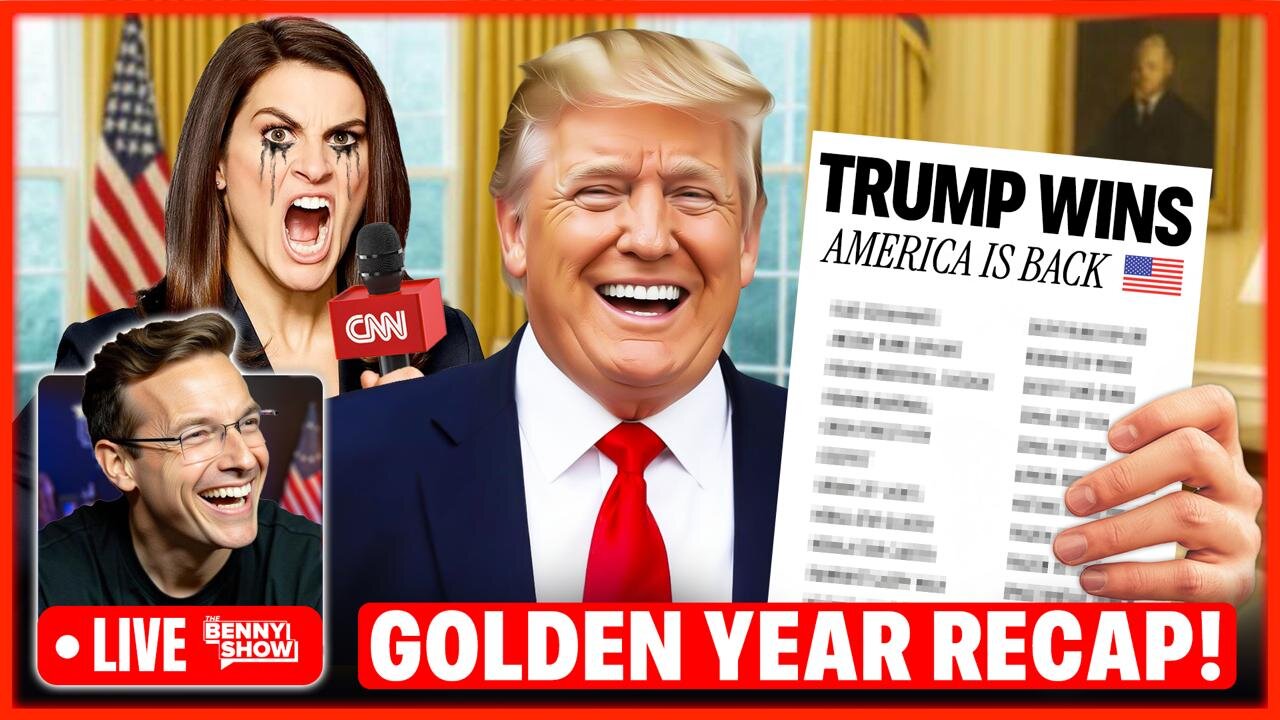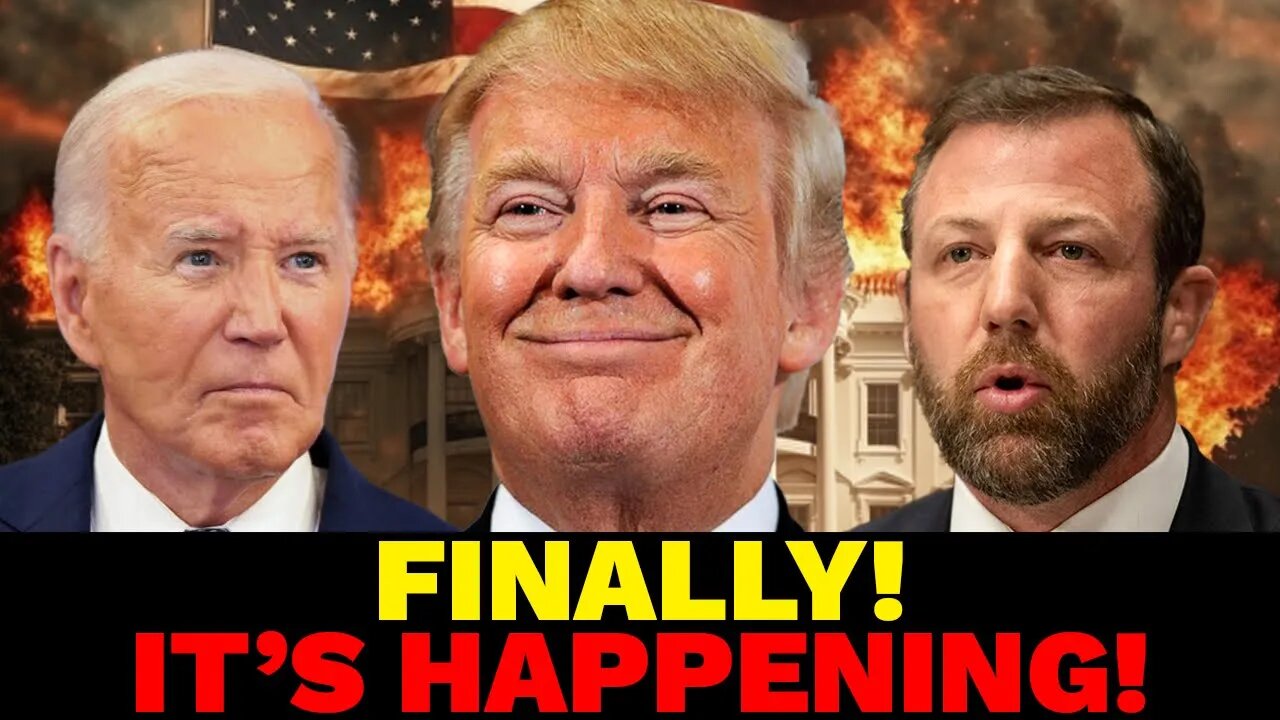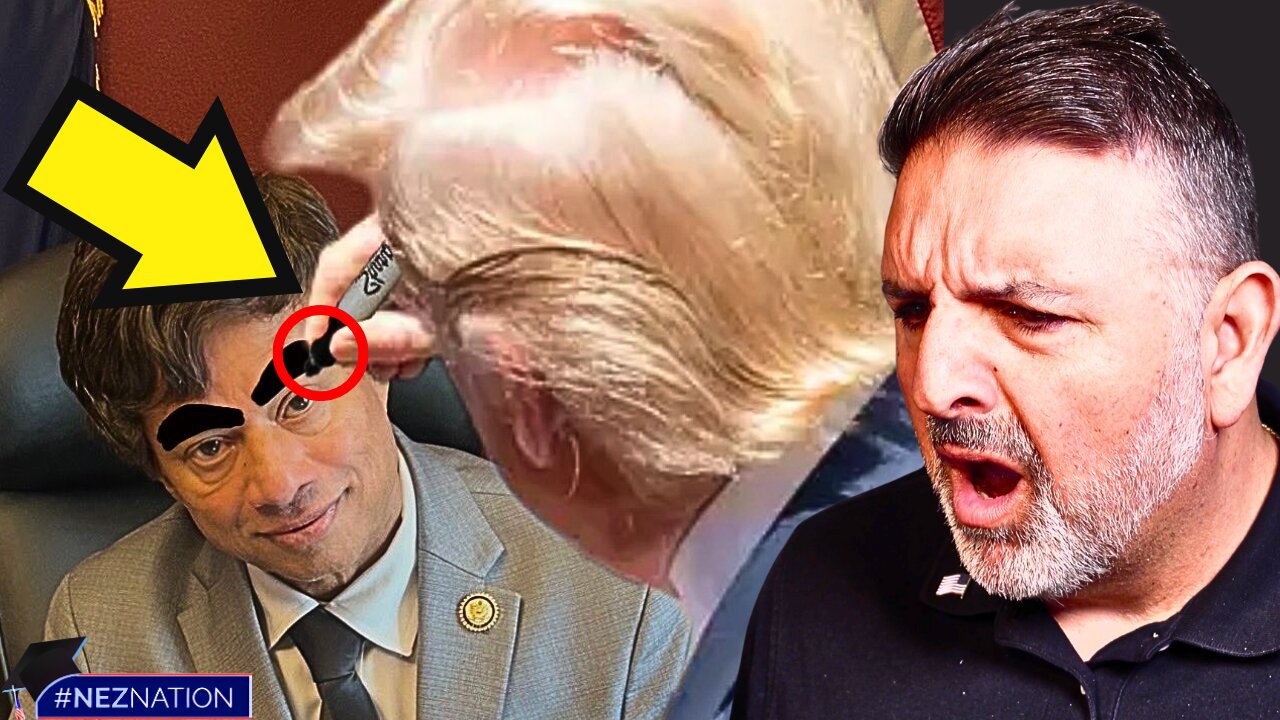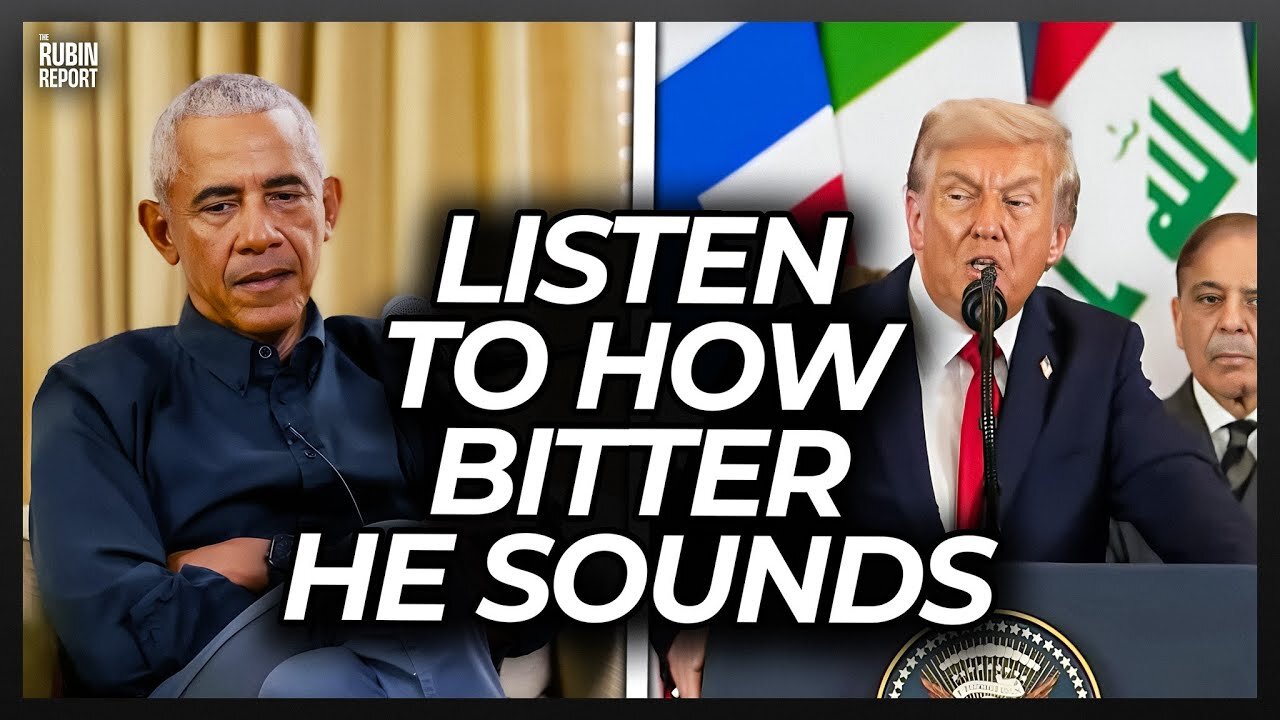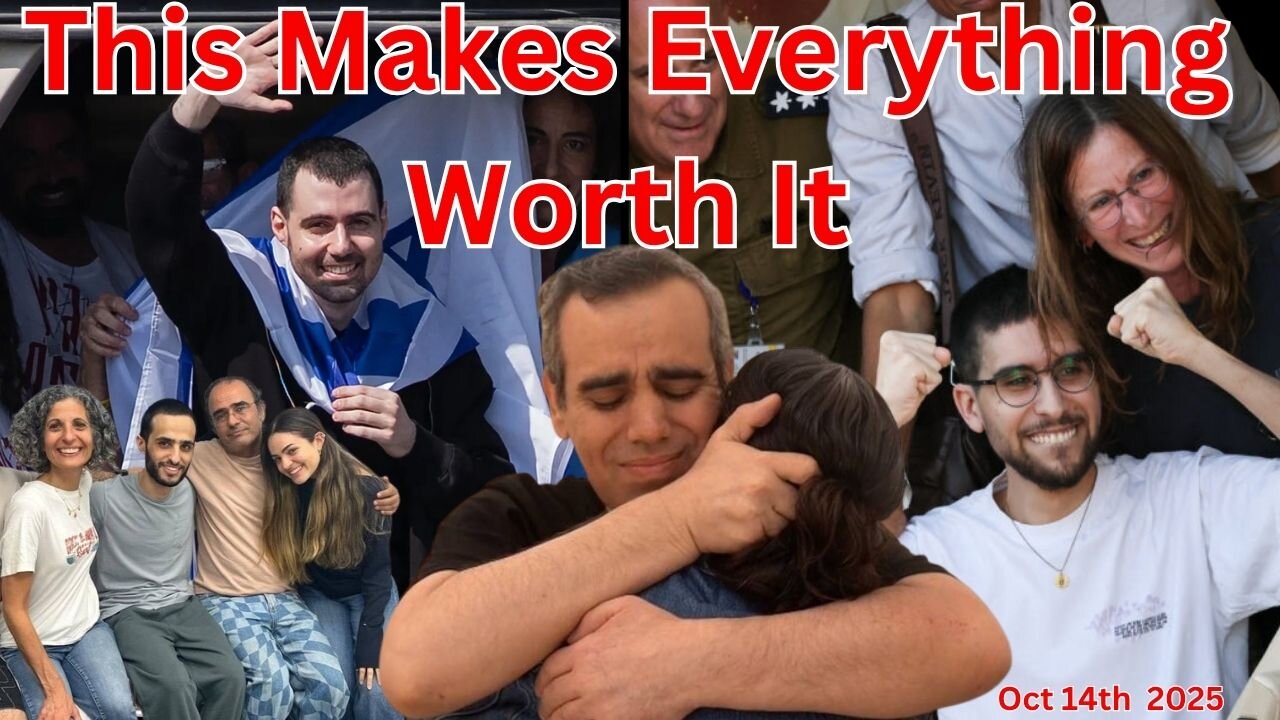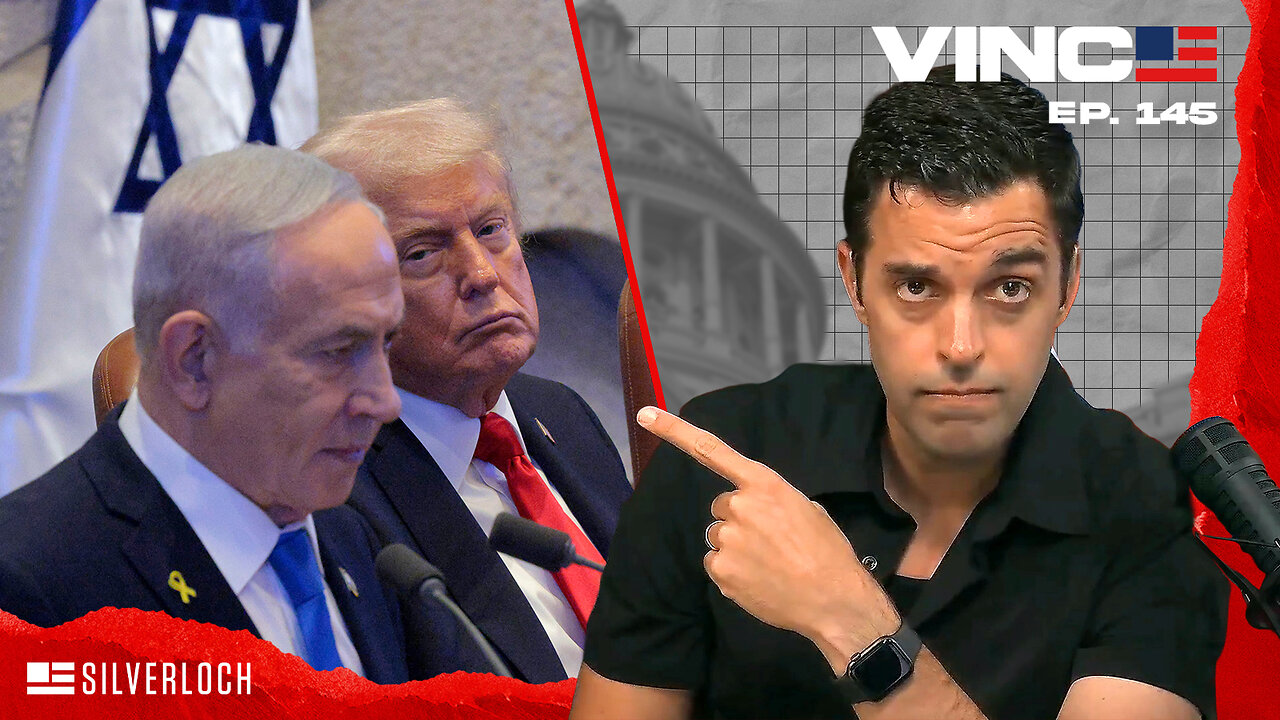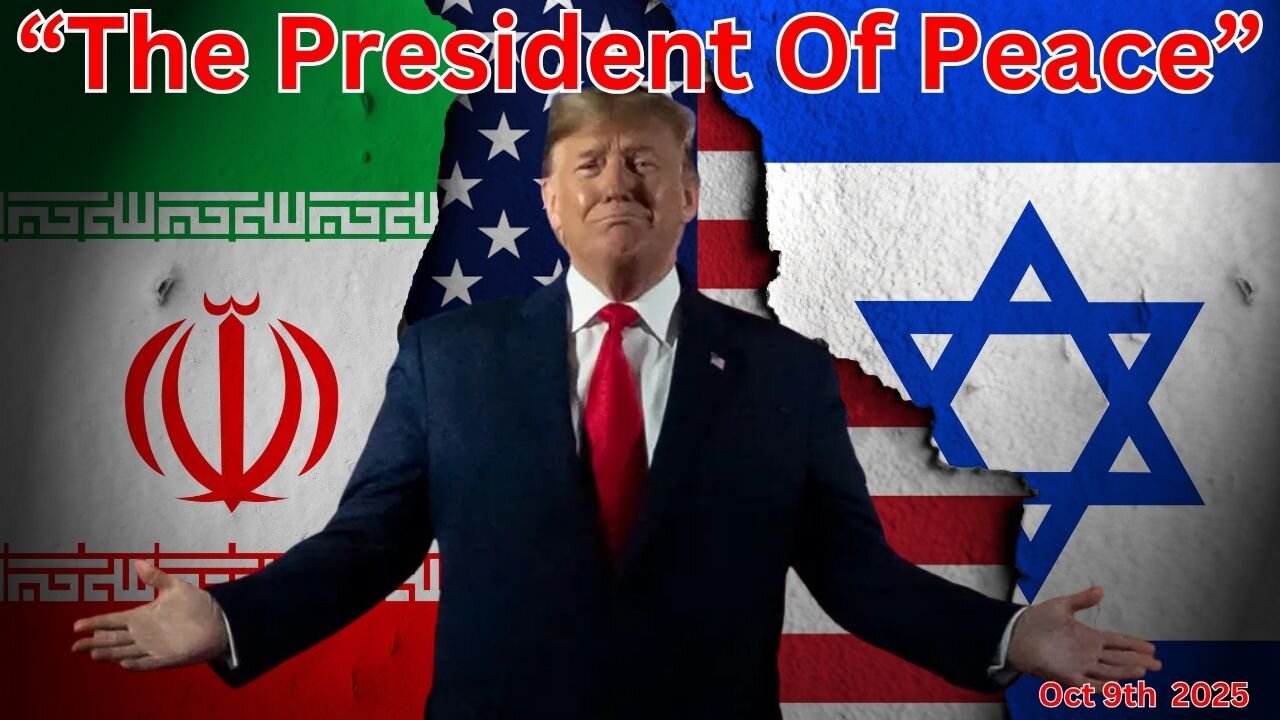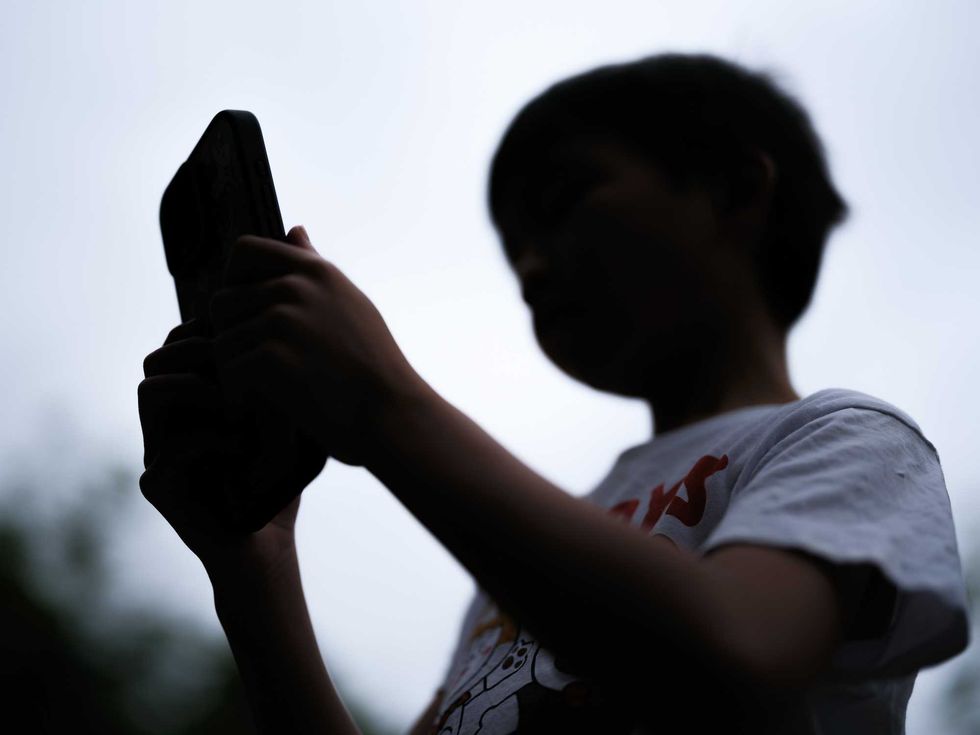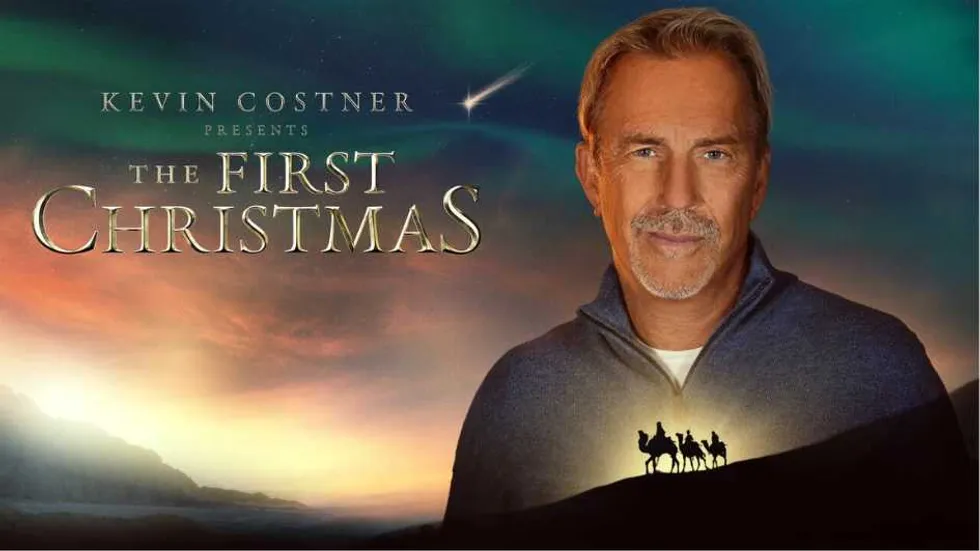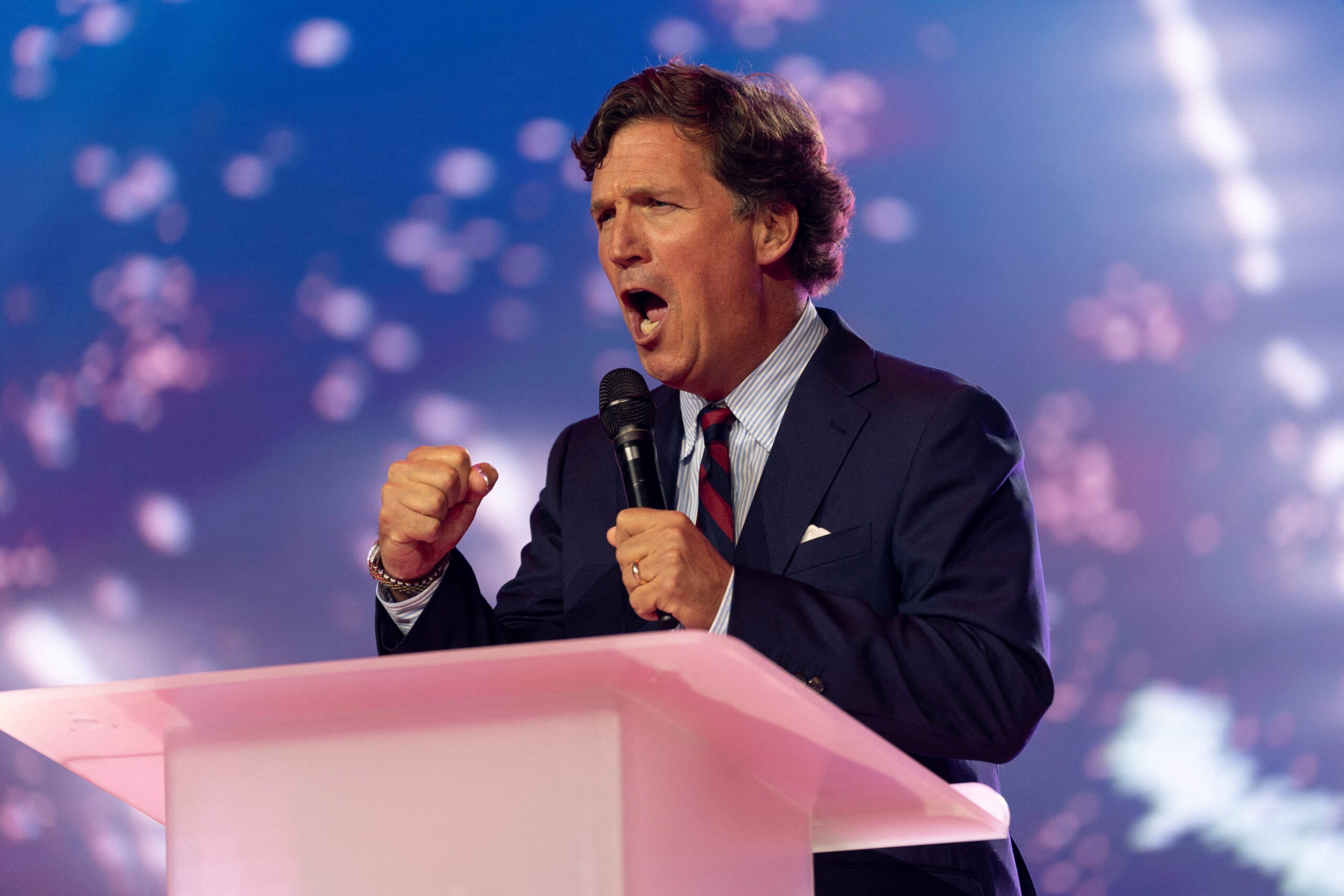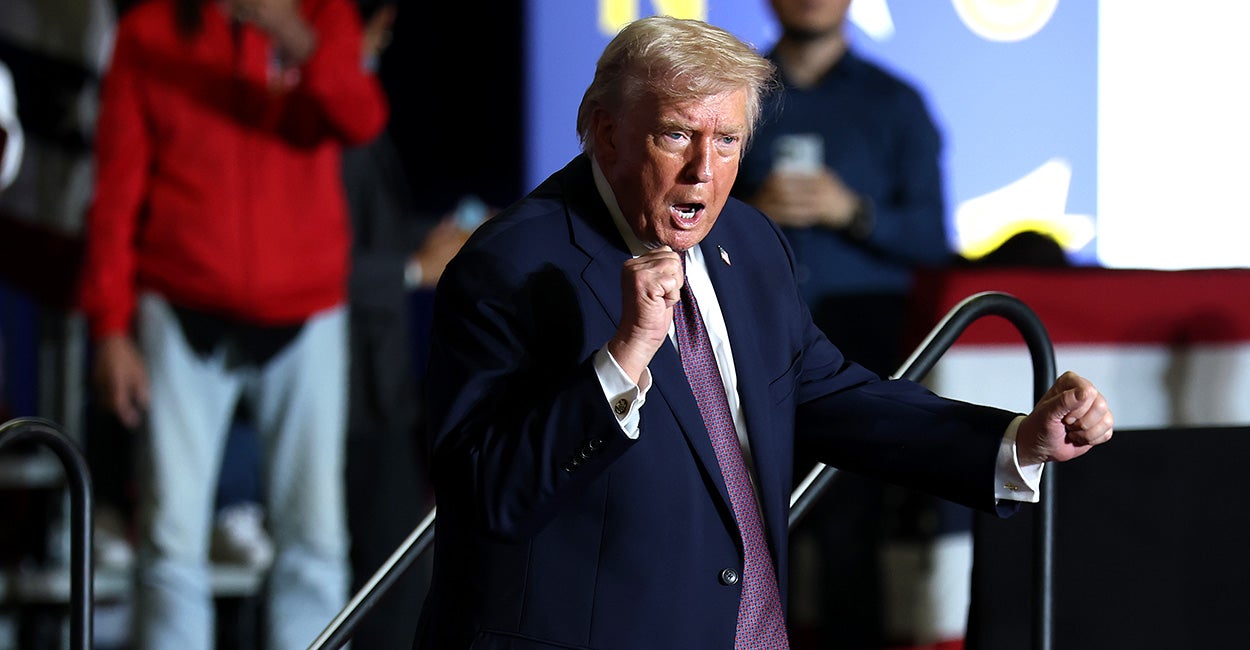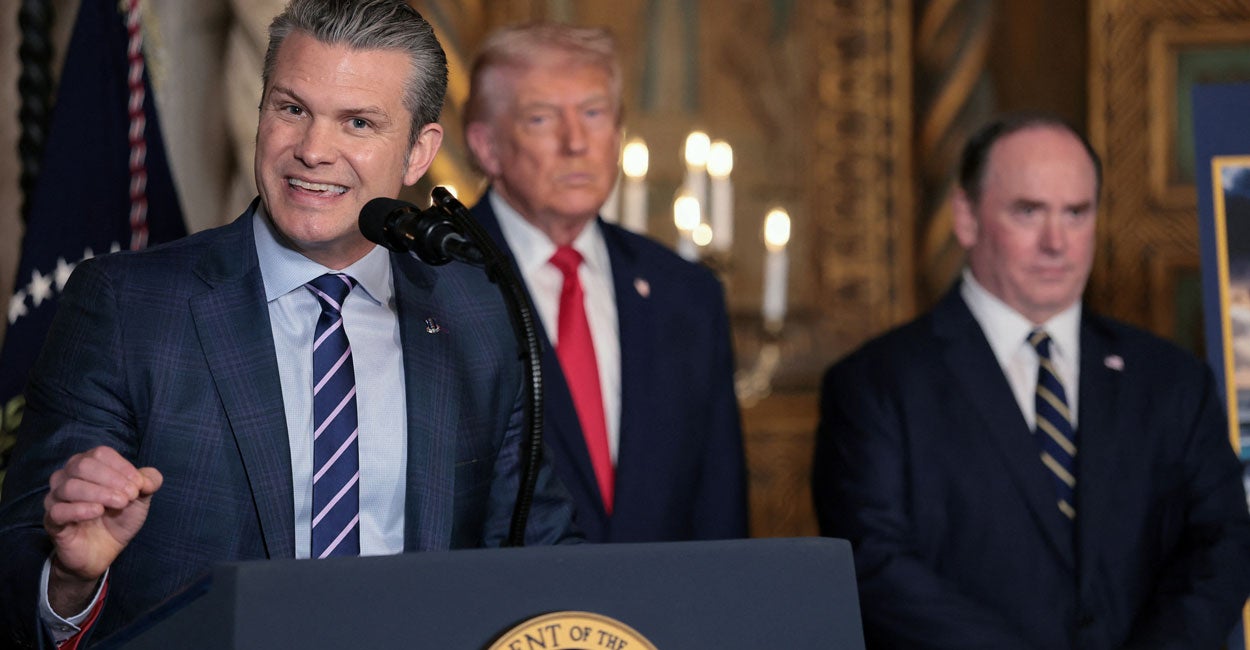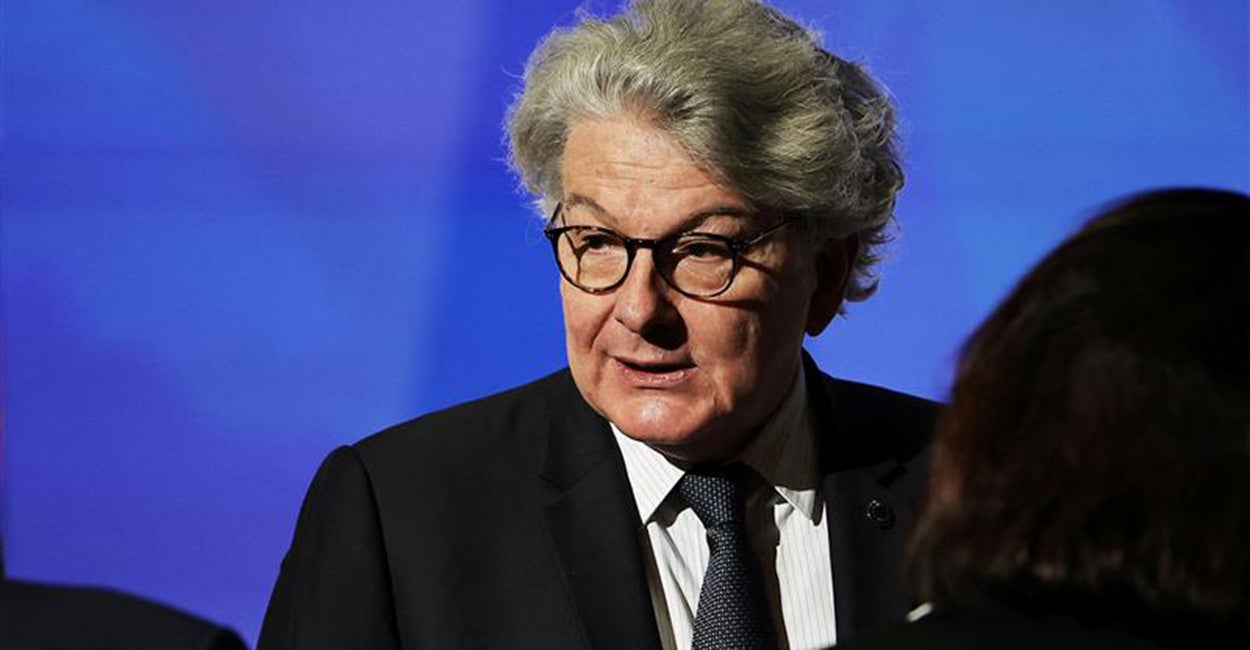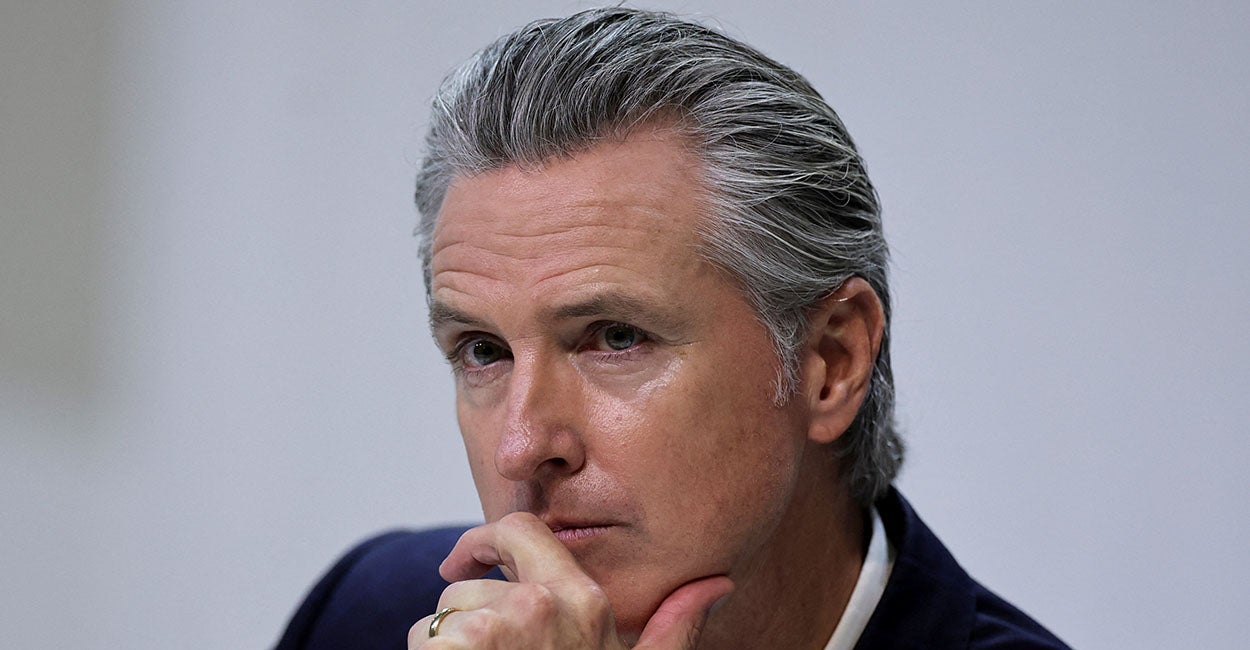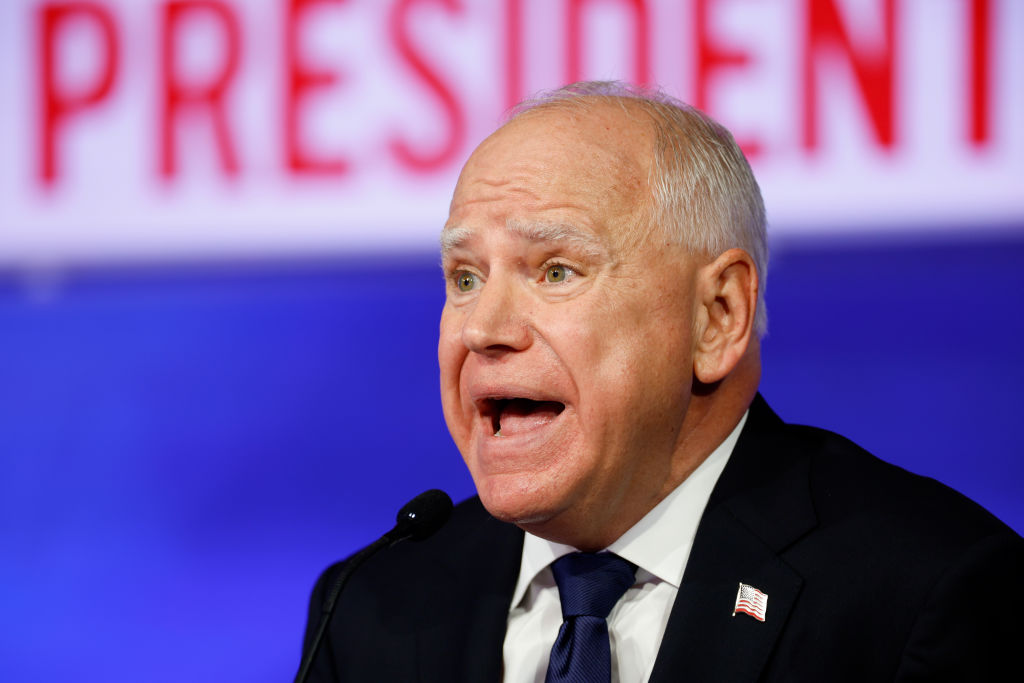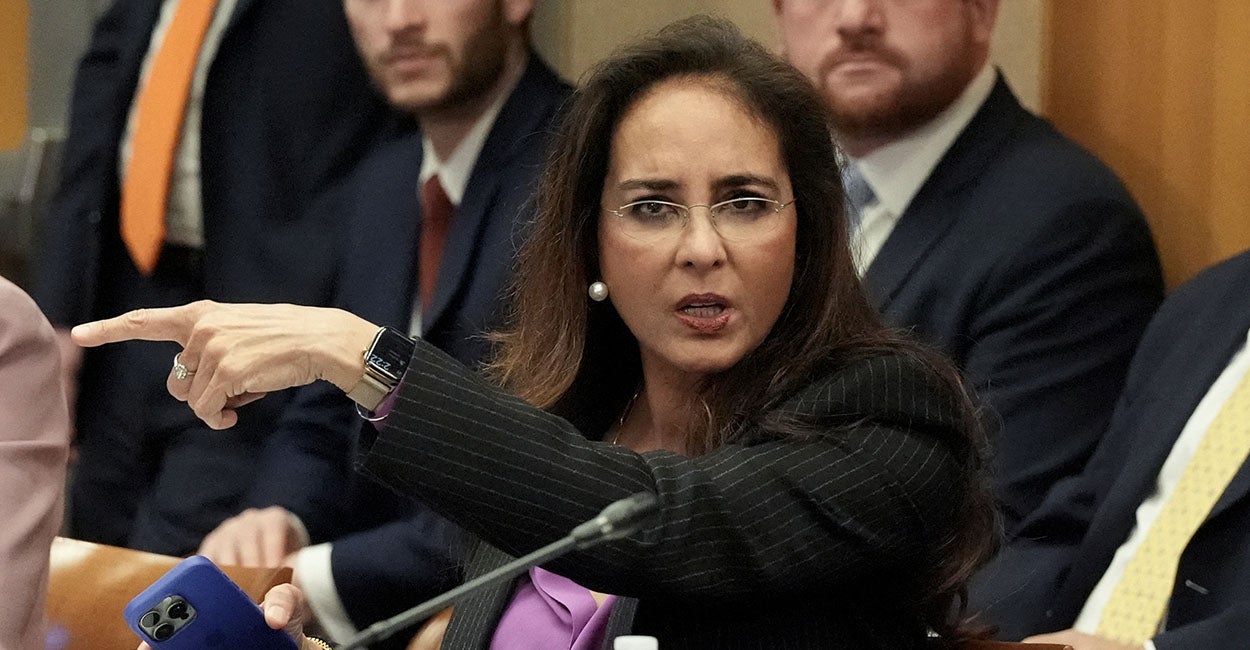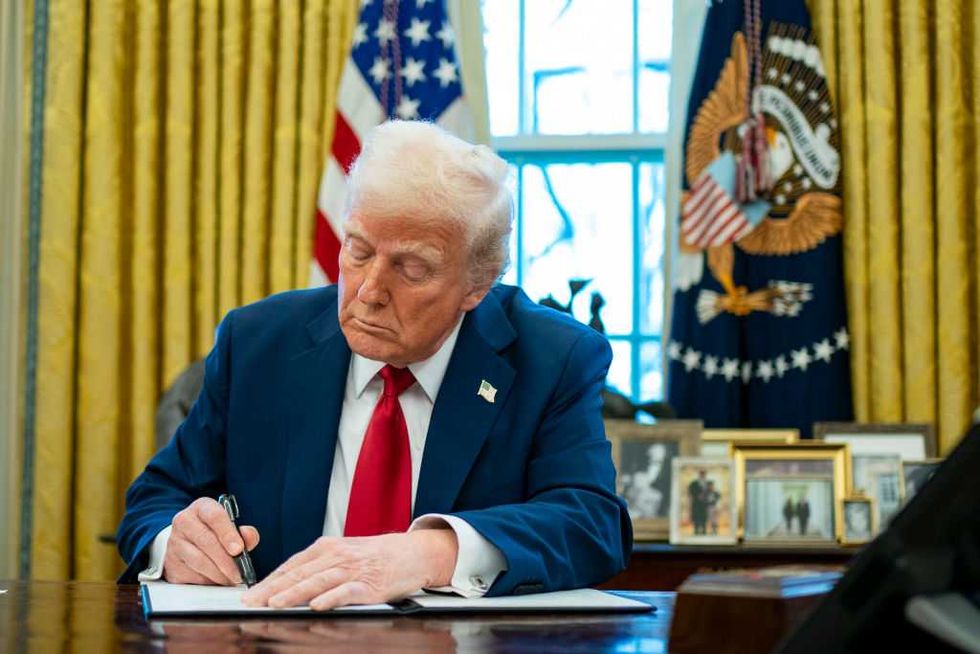The Battle Over ‘One Battle After Another’

Not every new movie marks another battle in the current culture wars. But “One Battle After Another” certainly should.
Live Your Best Retirement
Fun • Funds • Fitness • Freedom
Director Paul Thomas Anderson’s film has received rave critical reviews and instant Oscar frontrunner status—but a mixed reception from audiences confused as to what the movie is even about.
This film is basically the doppelganger of “The Hunt” (2020), in which a cabal of self-righteous and disgruntled leftists track down and kill a gaggle of rednecks for revenge and sport. In “One Battle After Another,” hunter and hunted switch roles, with a right-wing megalomaniac pursuing an on-the-run leftist anarchist and his daughter.
Like “The Hunt,” the film tries to walk the line between parody and political commentary. But here’s how its audience breaks down.
The Liberals—who loved it.
Critics called the film a “wake up call” that reembraces the “good old days” of the 1960s and 70s, when right-thinking people—in their minds, presumably the Weathermen and the Black Panthers—stood for something. To them, this movie shows where America is headed if we don’t head off the systematic marginalization and oppression of Black Americans and Latinx and the death of democracy.
Here’s a typical summary of the film’s supposed relevance:
“You could see that rallying cry play out this past week when public outrage over Donald Trump and the FCC’s attack on free speech forced ABC to push back against the administration and put Jimmy Kimmel back on the air. That is One Battle After Another’s fight as well—and I imagine Anderson is hoping that you see that now, before the Lockjaw-esque [Sean Penn] figures of the world have the power to make it even more of a reality. So yes, the film spends a significant time forcing Bob Ferguson [Leonardo DiCaprio] into the fight, because that’s the exact kind of person who needs to hear it most.”
It was as if AOC’s every angst, desire, fantasy, and nightmare were made into a single montage for the silver screen. Adding to the appeal are the film’s “originality” and splash of “hipness,” an aesthetic apparently patented only by the left.
The Conflicted—who applauded.
Millennials, in particular, found the film an odd mixture of perplexing and entertaining. Bored with politics and extremism, and old before their time, they see the film as a parable of what happens when the Left and Right take their politics to the edge. The result? Illogical nonsense—clueless, paranoid old, drug-hazed hippies living in trailers and fighting gun-crazed white supremacists trying to purify the bloodline. Both look ridiculous.
These viewers would prefer the two sides kill each other off and return to a world where there are no riots or government shutdowns, a latte is reasonably priced, a long weekend in Ibiza is within reach, and you can match on Tinder without declaring political affiliations and pronouns.
The Angry—who wanted their money back.
Conservatives, who were never too happy about all being classified as rednecks and tracked by hunting parties in “The Hunt,” are now deeply offended by this film, which most charitably could be called ill-timed.
In the movie, Immigrations and Customs Enforcement officers act like the Nazi stormtroopers leftist politicians are always complaining about—ignoring the consequences of their hateful rhetoric, which has sparked an unprecedented wave of violence against normal law enforcement officers. Meanwhile, the good guys, the simple leftists yearning to be free, commit bombings, execute a poor black security guard, and engage in human trafficking.
In the wake of attempted and successful political assassinations, as well as a controversy over a real-life cop-killing terrorist who fled to Cuba and was declared a civil rights hero, you would think someone might have raised their hand and said, “Hey, maybe this isn’t the best time to premiere this particular film?”
But no. Instead, the attitude seems to have been a desire not just to glorify violence and revel in obscene ridicule of American conservatives, but to ensure the film wins every Golden Globe and Oscar—basically, getting Jimmy Kimmel back on the air on steroids.
These three tribes’ reactions perfectly encapsulate the current faces in American political culture.
The Empty Left.
There is nothing more pathetic than today’s diehard Left, which continues to believe itself in the right—even as Americans increasingly tell them they are not. As if being on the 20 side of every 80/20 issue were not bad enough, the Left continually have to remind us how vacuous they really are with bankrupt ideology and an agenda that reads like a menu with as many choices as Raising Cane’s.
This film’s hailed originality is merely a case in point. Virtually every aspect of the film is utterly derivative. Quentin Tarantino made a career out faking hip by stealing from every Spaghetti Western trope and 70s exploitation movie motif. Anderson, a once truly gifted director, did a gloss on Tarantino like Rembrandt doing fingerpainting.
It’s the kind of smug, lazy, graceless, morally hallow, and listless popular culture we have come to expect from the Left—just like that on display in the latest episode of “Law and Order: SVU,” which portrays ICE agents trying to obstruct a rape investigation.
The Lonely Center.
It’s understandable that many want to live in an America where “we all just get along.” For them, this film was a wake up like a triple shot of espresso—extremism is, well just too extreme. They’re right.
Both the Weatherman Underground of the 1960s and the White Supremacists groups like the Order in the 1980s (both resurrected in One Battle After Another) were extremist dead ends that deserved to die. But America’s problem today isn’t terrorist extremists. Instead, it’s that America is being led by two political parties headed in opposite directions. Trying to just forget the extremists and meet in the middle is like ignoring the off-ramps and driving off the middle of a bridge. America has to decide whether it wants to be a center-right or center-left country.
Our problem is not whataboutism. The lonely center needs to pick a side. They might find “One Battle After Another” funny and action-packed entertainment, but it offers no more answers to their problem than “The Princess Bride” (1987) offers effective marriage counseling.
The Rising Right.
Conservatives are increasingly the cool kids. They are picked on now in movies not as hapless losers—like the rednecks in “The Hunt”—but as a rising force threatening the established order—like the rebels in “Braveheart” (1995) and “The Patriot” (2000).
Fierce, divisive name-calling politics and increasingly organized political violence will not stop the movement. Films like “One Battle After Another” are no threat—they’re the dying gasp of a fading political ideology.
Nevertheless, “One Battle After Another” reminds us that popular culture remains one of the last secure bastions of leftist power. The freak-out over Jimmy Kimmel’s suspension had nothing to do with protecting the First Amendment and everything to do with leftists’ fear over watching the late-night TV castle wall be breached yet again.
The Left is panicking. Its stranglehold on popular culture is loosening—and arms full of Oscars and a new Taylor Swift album won’t tighten things up.
Unlike the Left, the Right doesn’t need to riot to get people’s attention. For one, conservatives are winning by shunning leftist drivel—picking Greg Gutfeld over Stephen Cobert and dumping Netflix subscriptions for the company’s transgender pandering.
For another, conservatives can create more quality content—not the Right’s cartoonish version of films like “One Battle After Another,” but movies, video, music, theater, and prose that authentically address the challenges of contemporary life.
The post The Battle Over ‘One Battle After Another’ appeared first on The Daily Signal.
Originally Published at Daily Wire, Daily Signal, or The Blaze
What's Your Reaction?
 Like
0
Like
0
 Dislike
0
Dislike
0
 Love
0
Love
0
 Funny
0
Funny
0
 Angry
0
Angry
0
 Sad
0
Sad
0
 Wow
0
Wow
0




